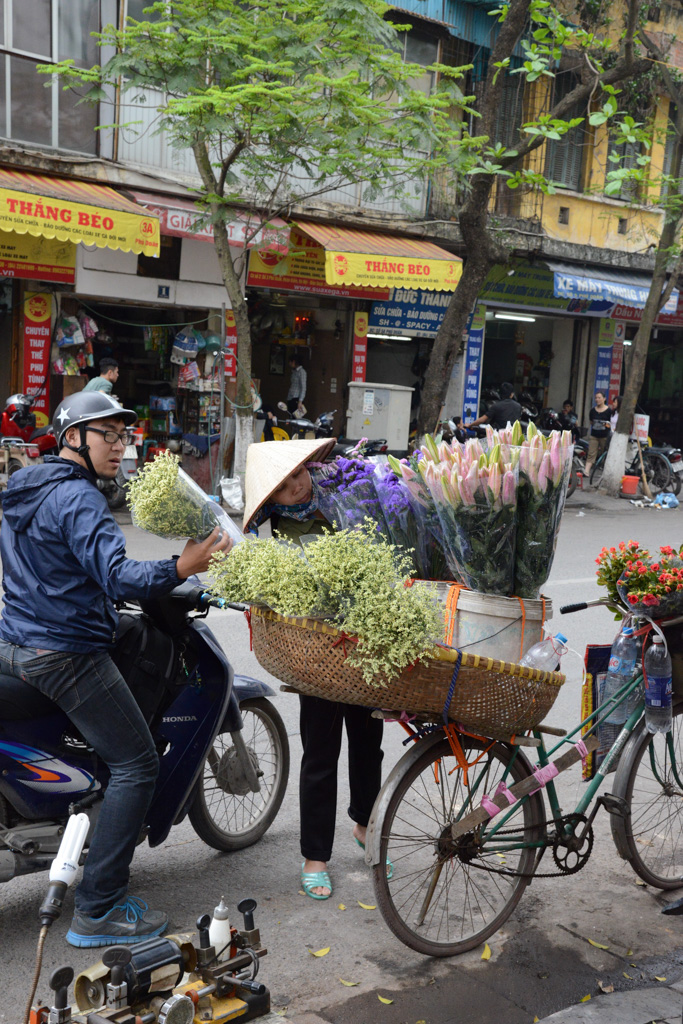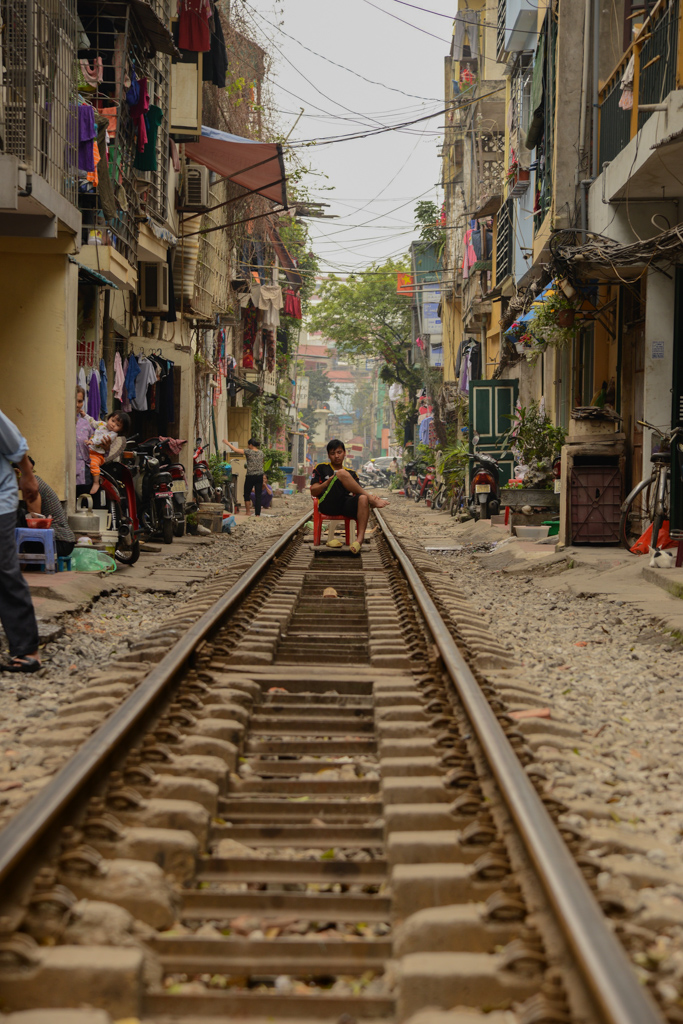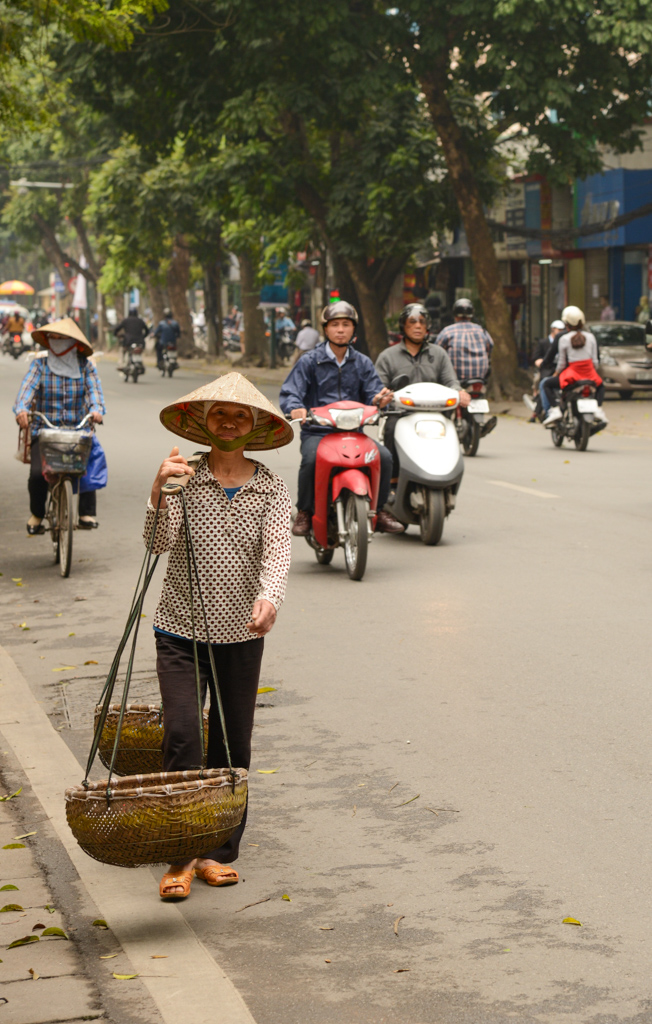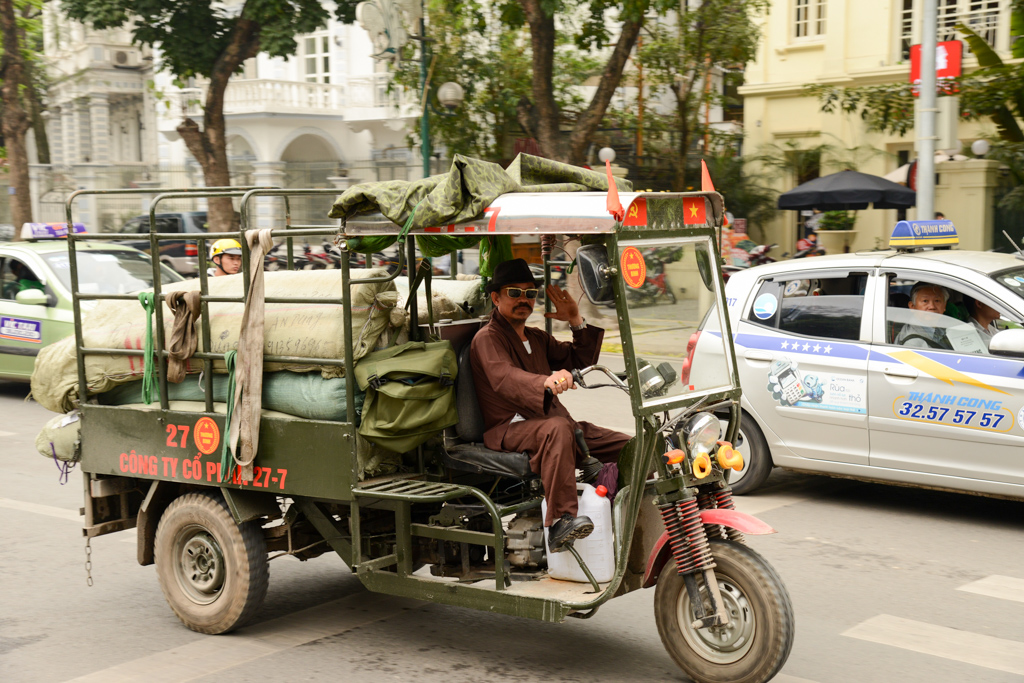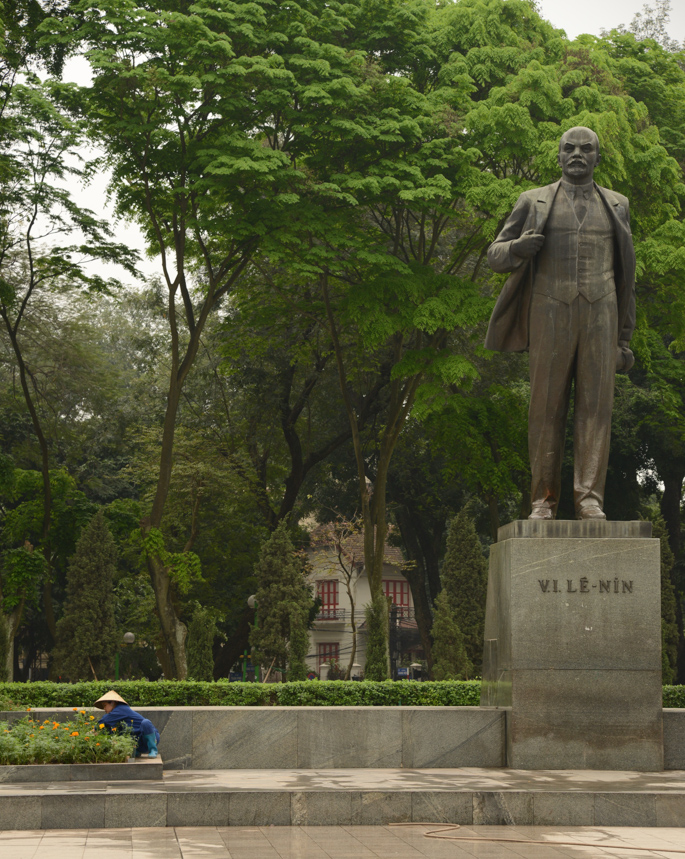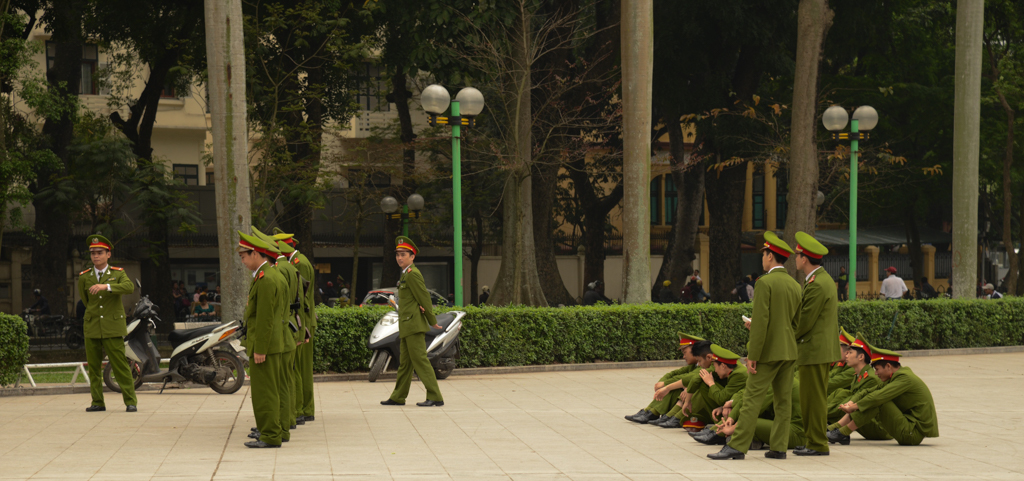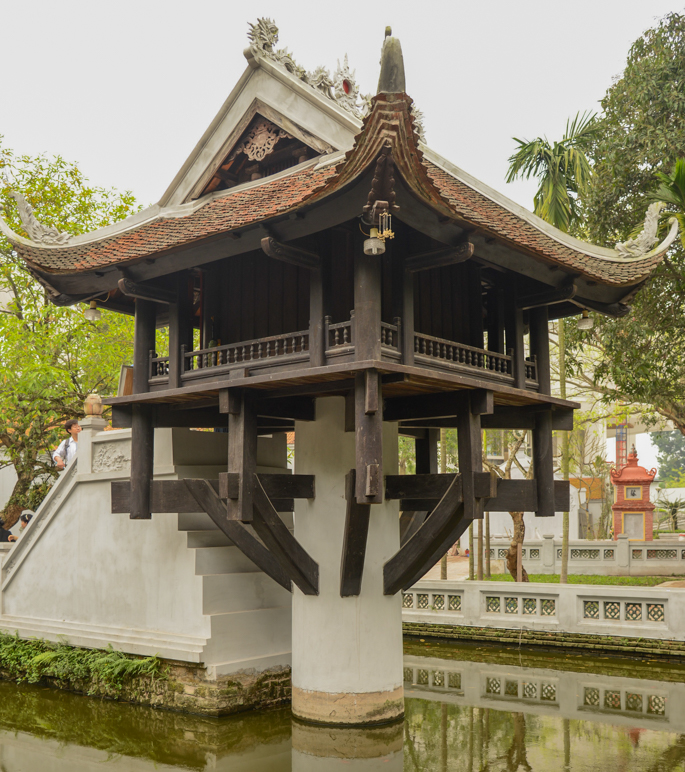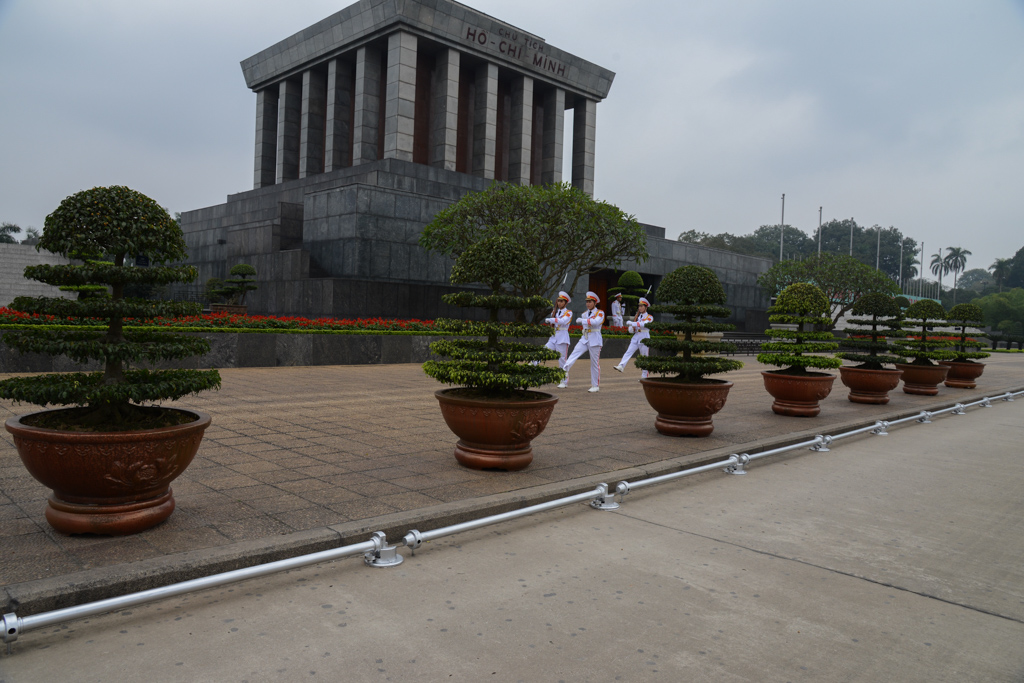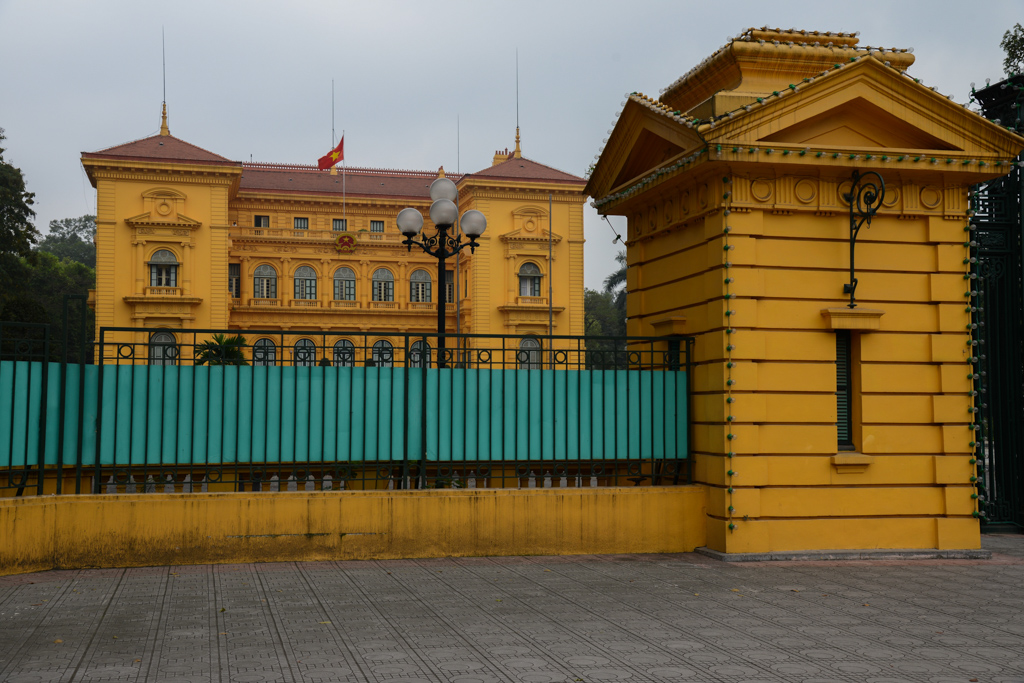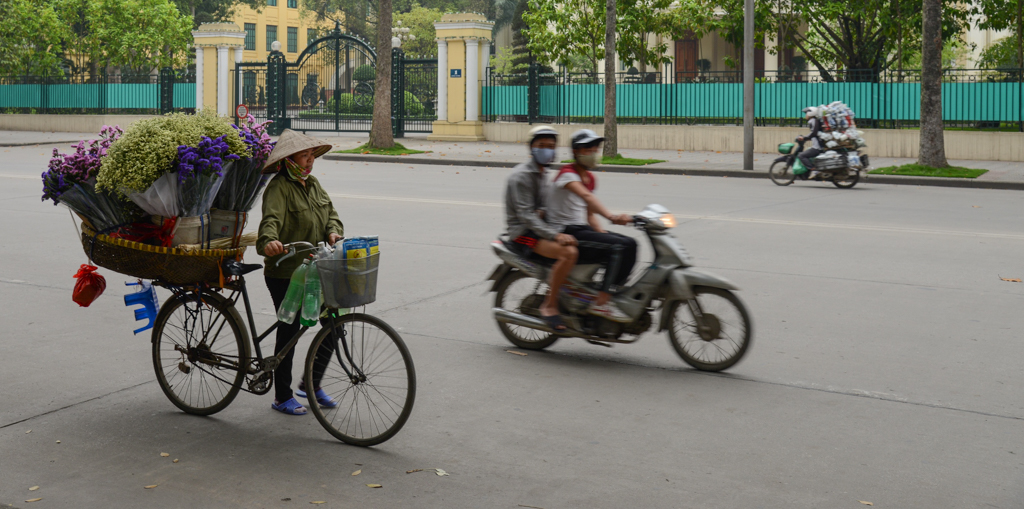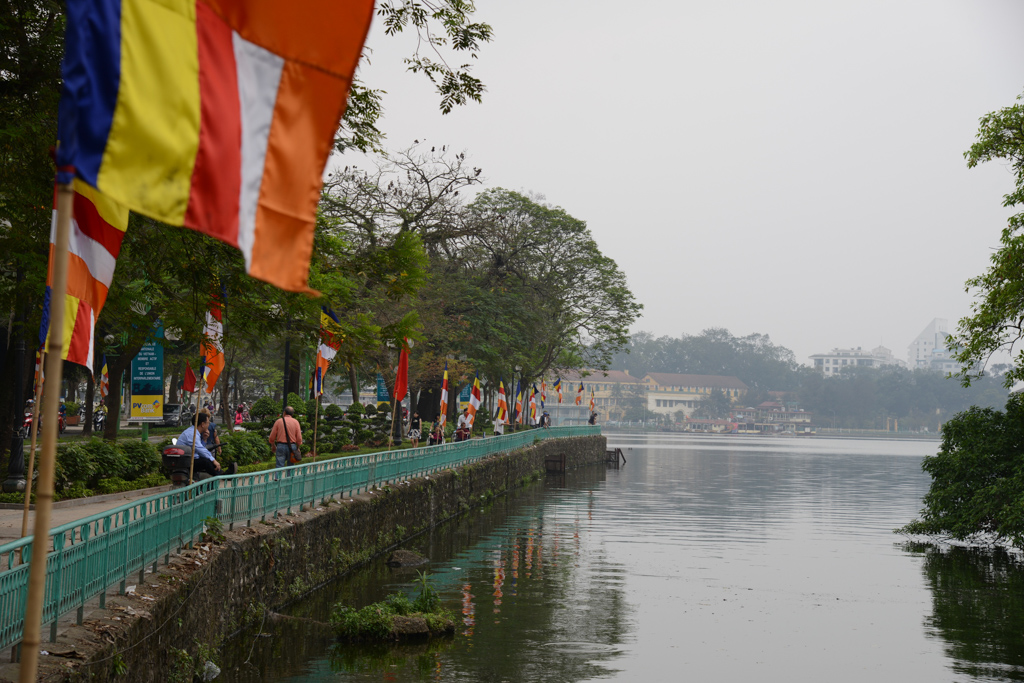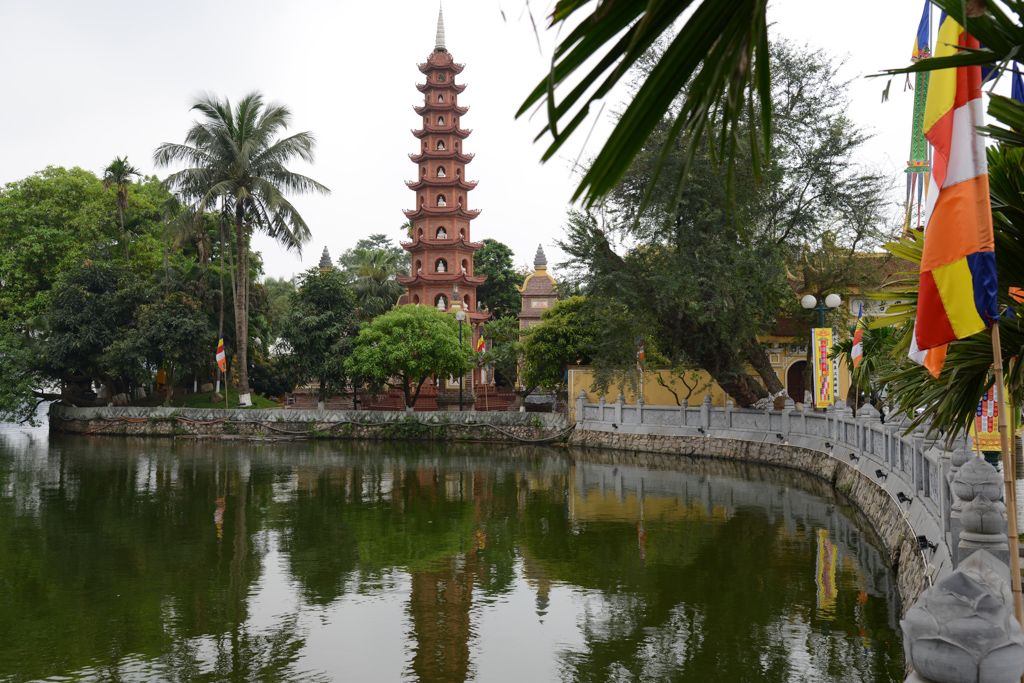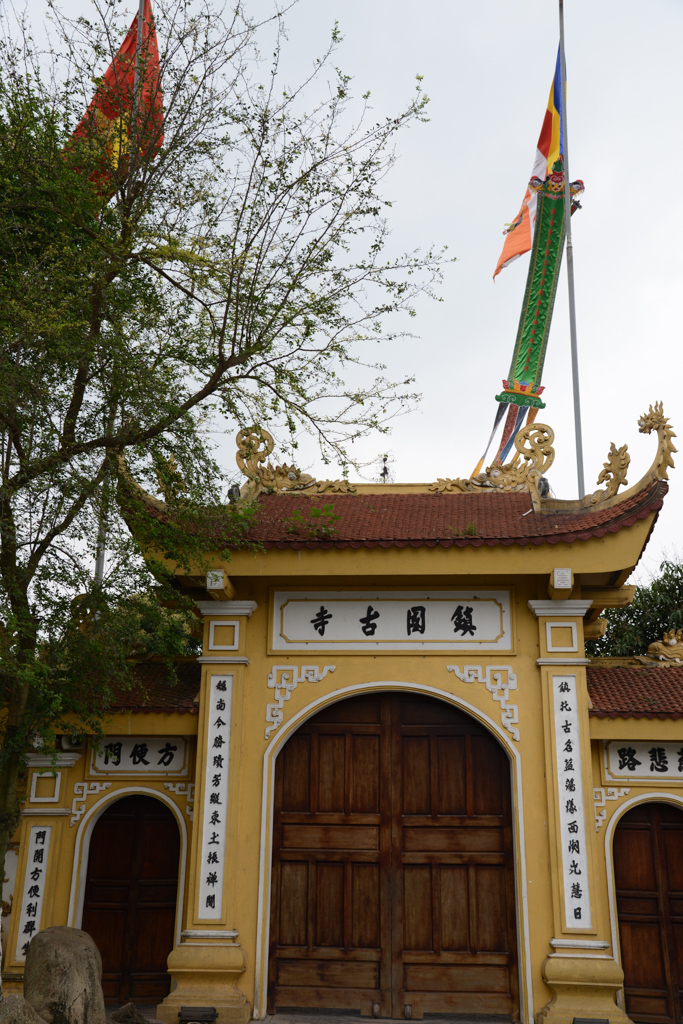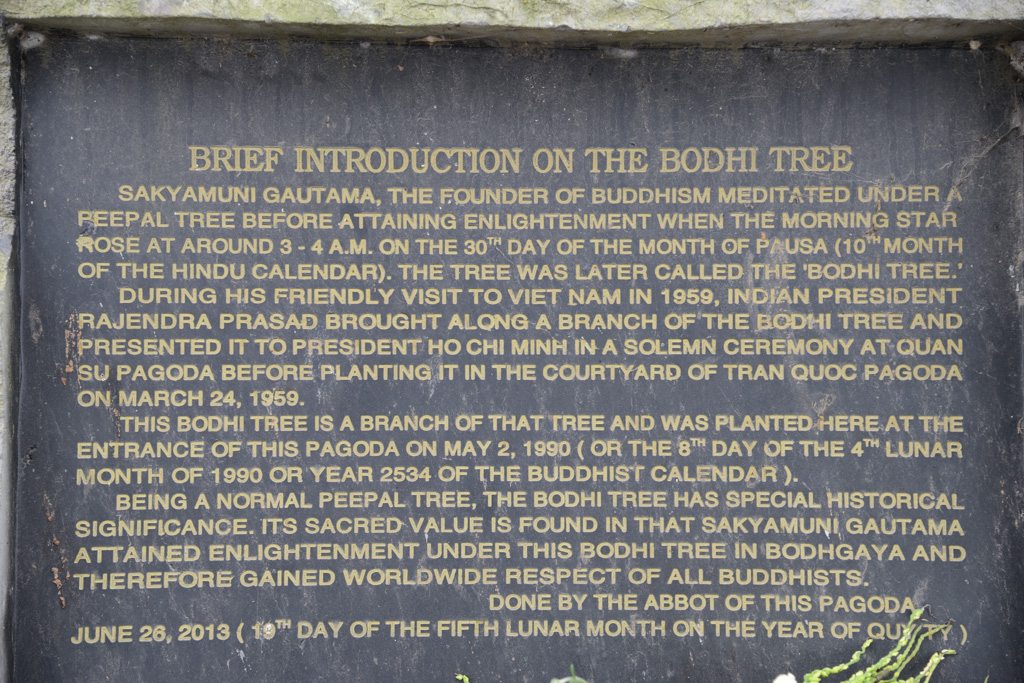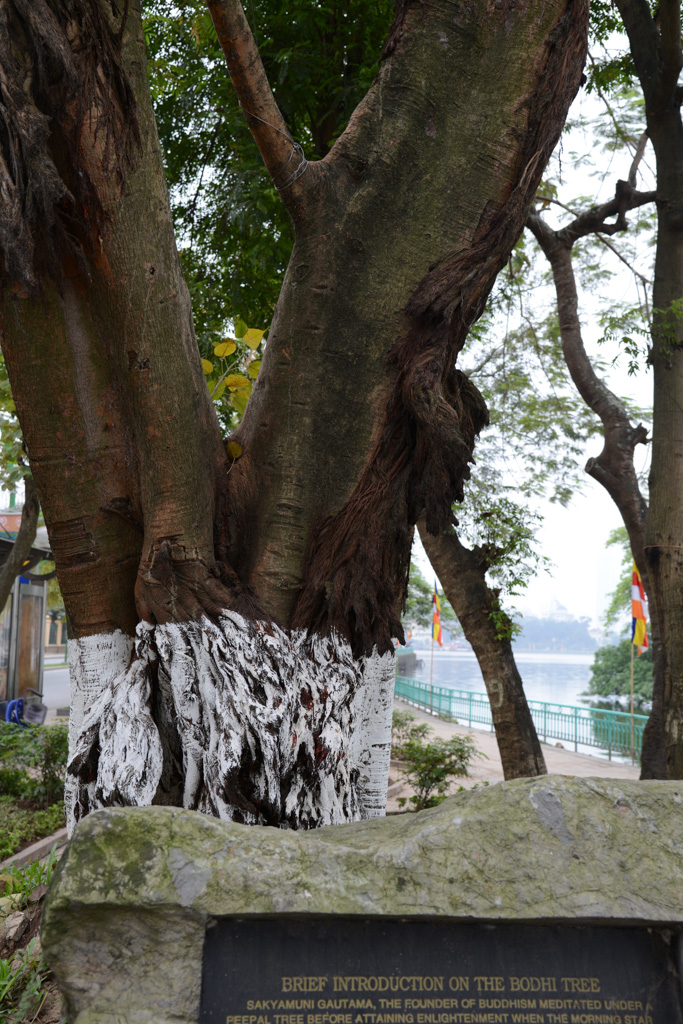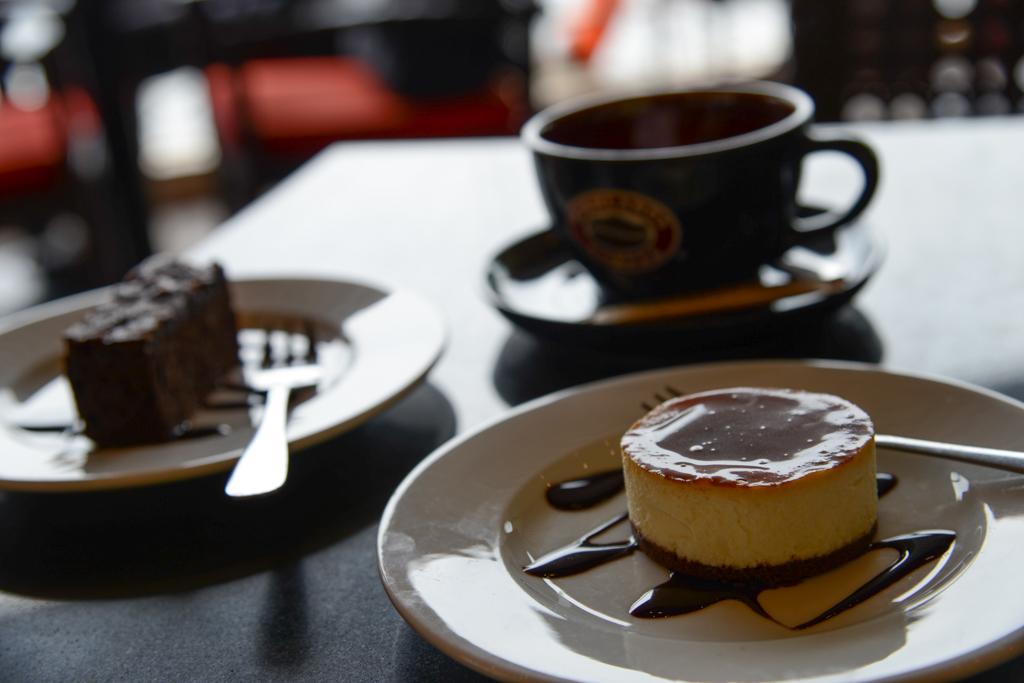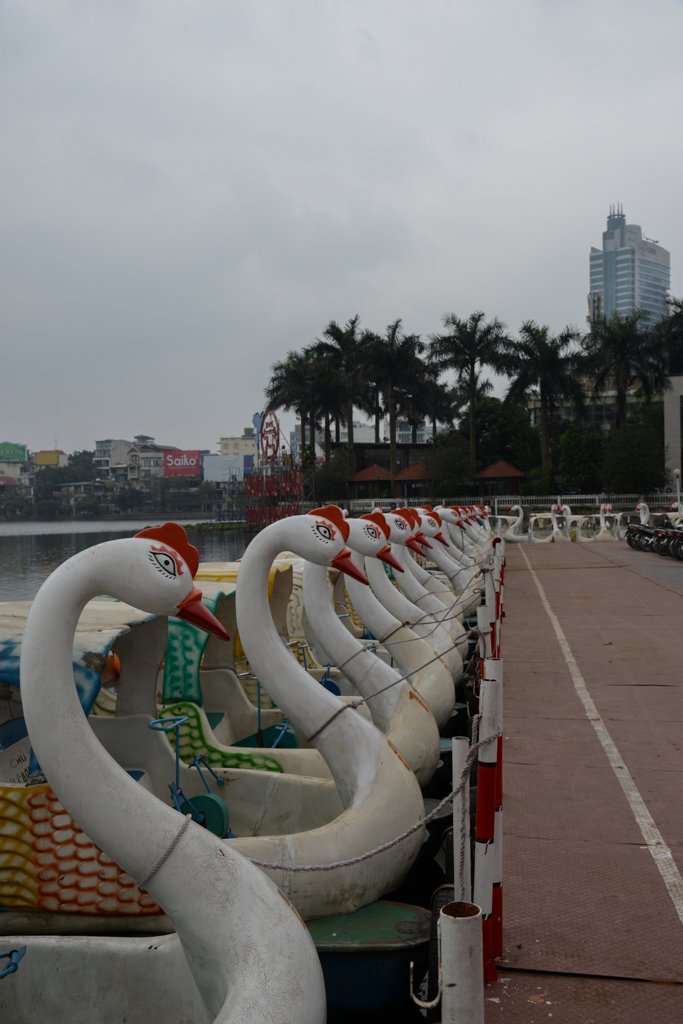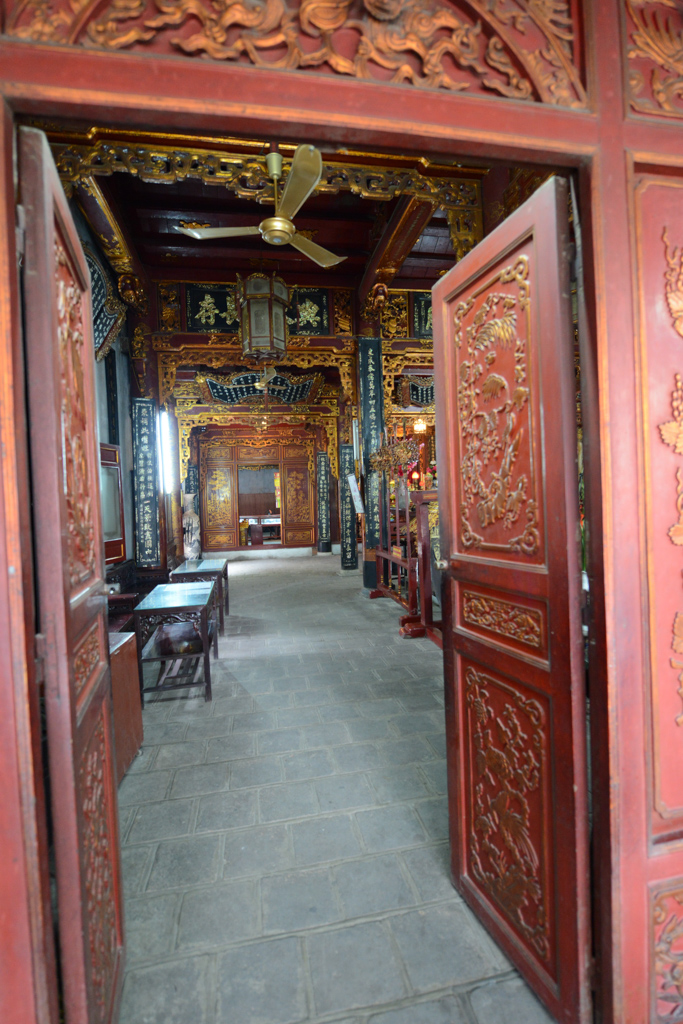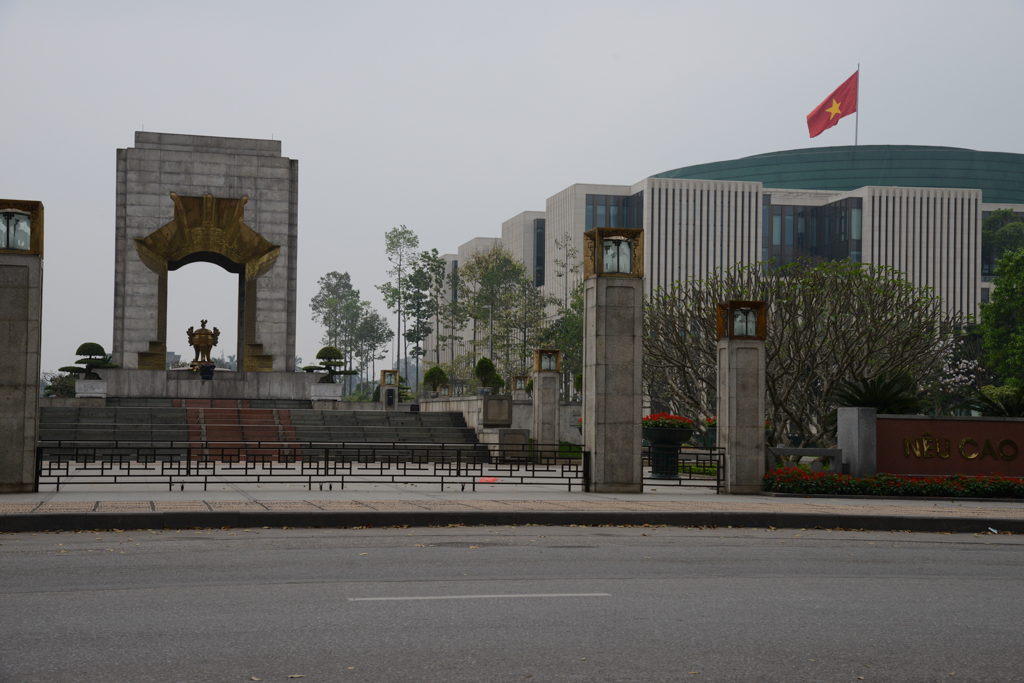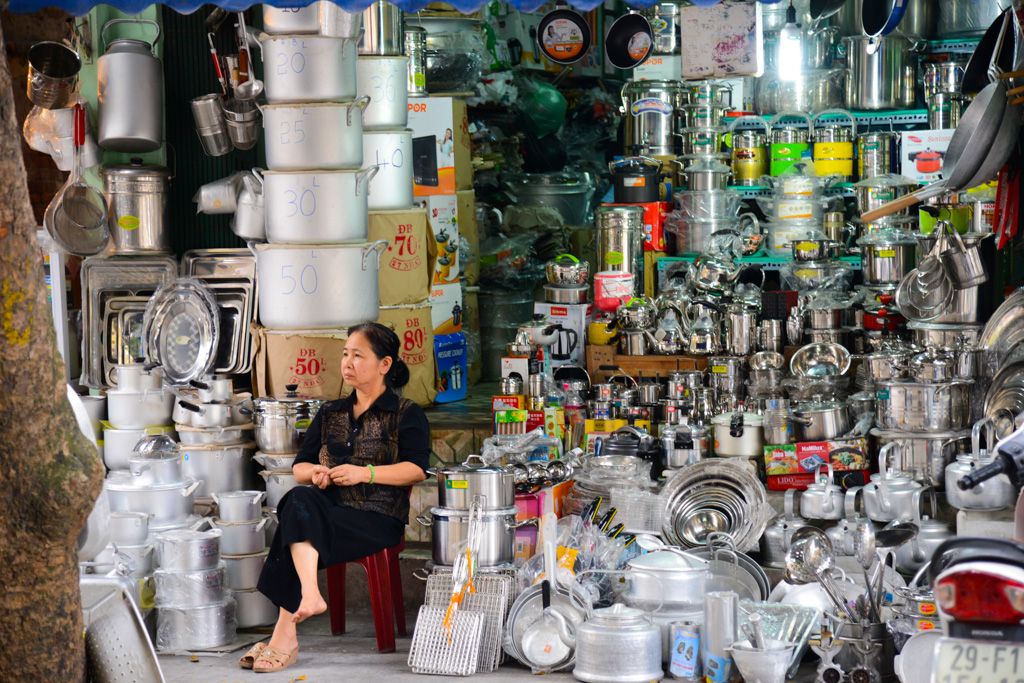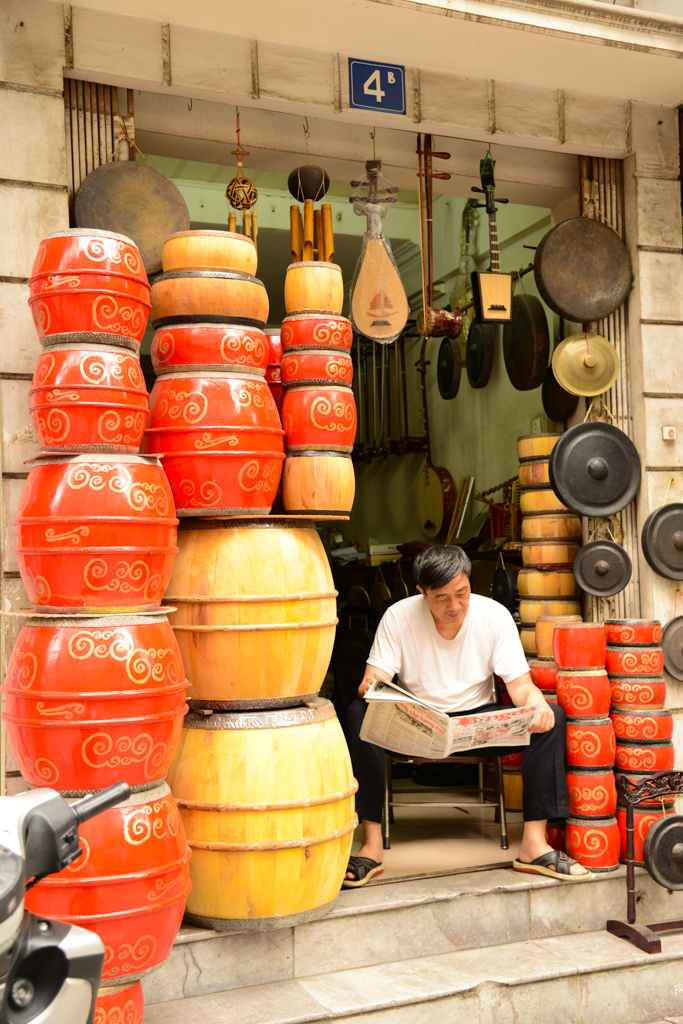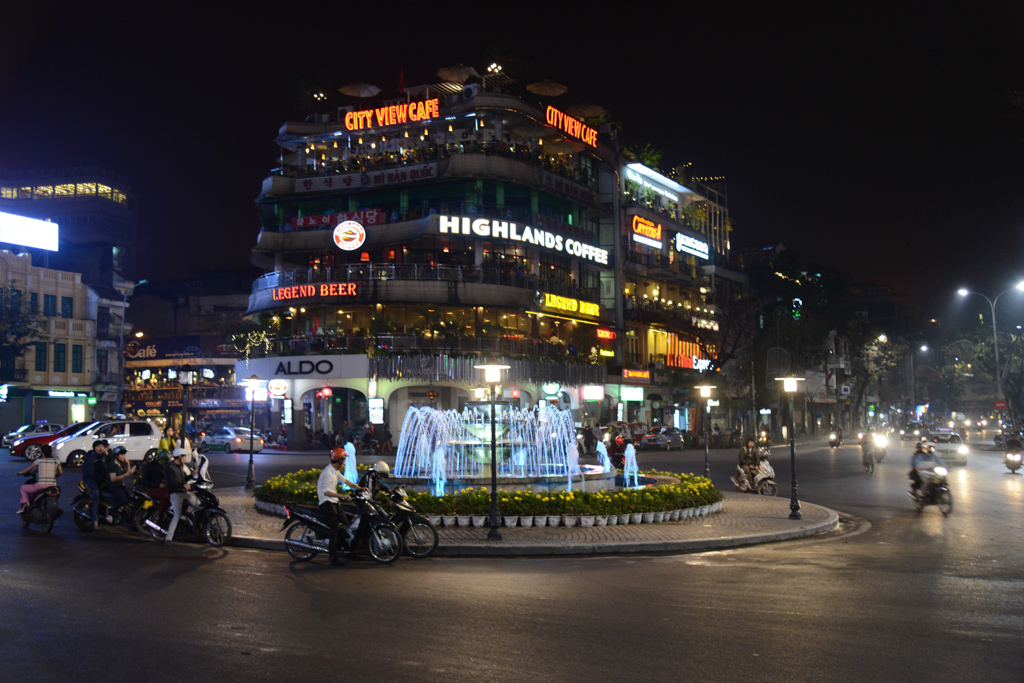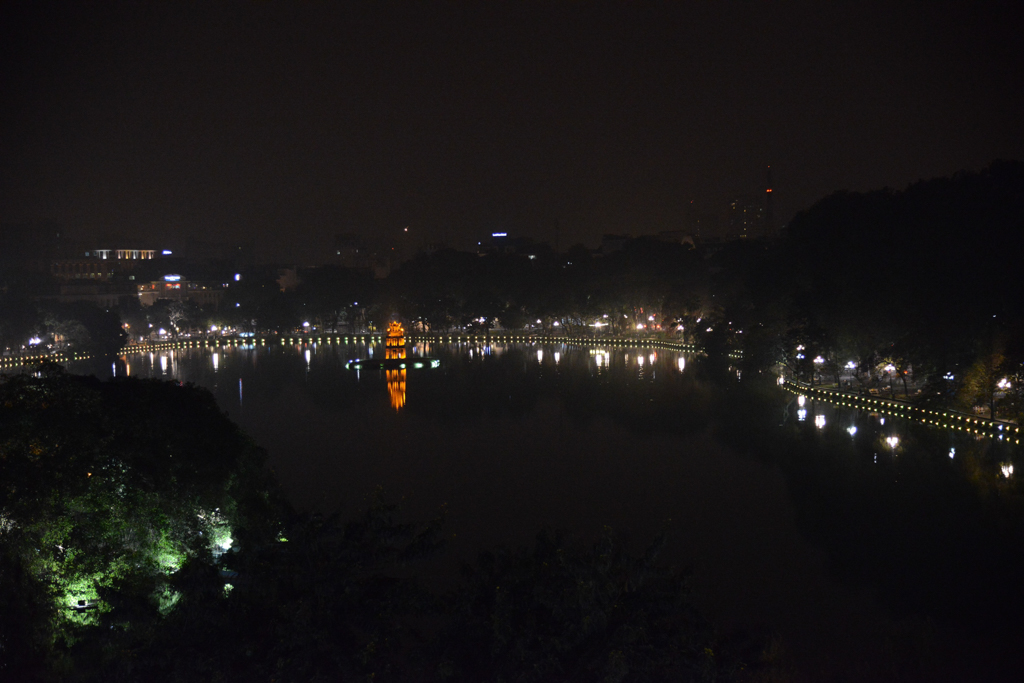Downtown Split has a long Roman history with many impressive buildings. A lively city and very enjoyable to stroll through the many small streets.
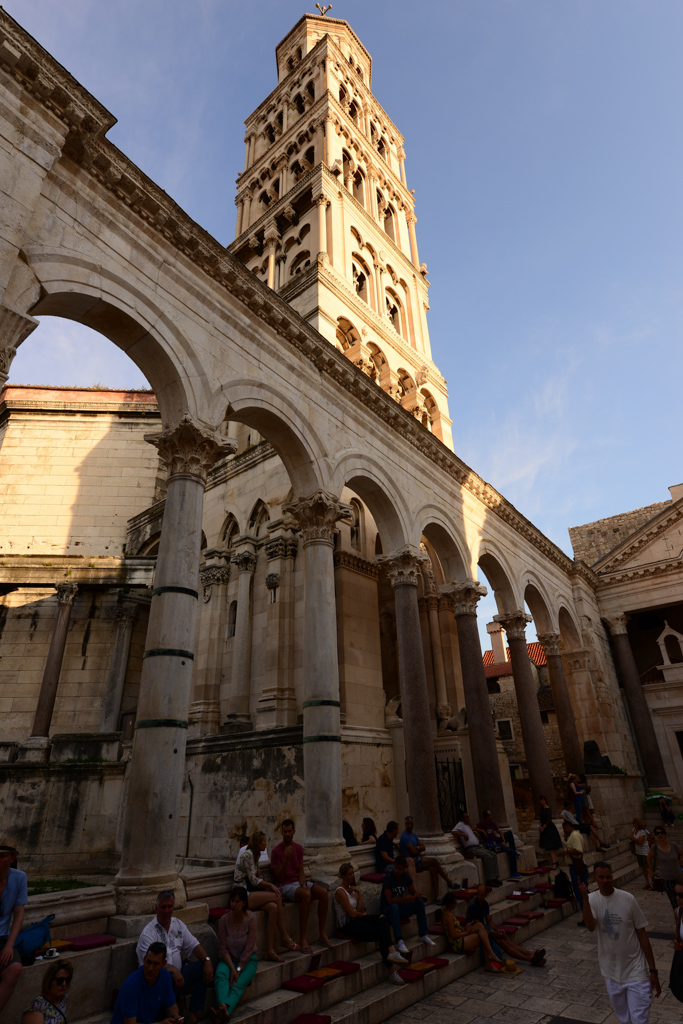
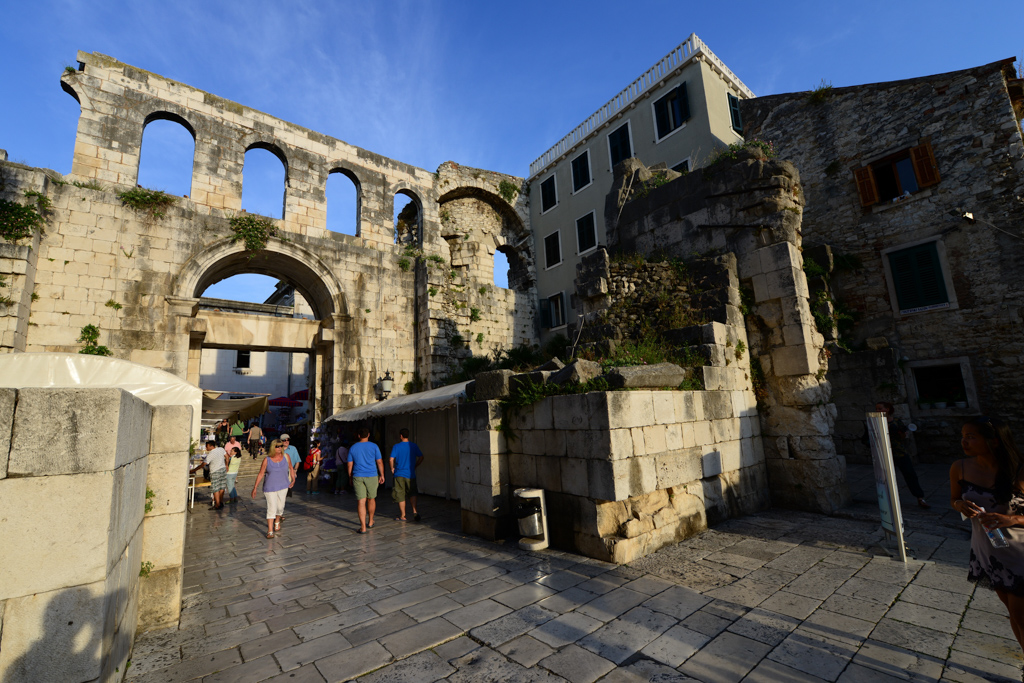
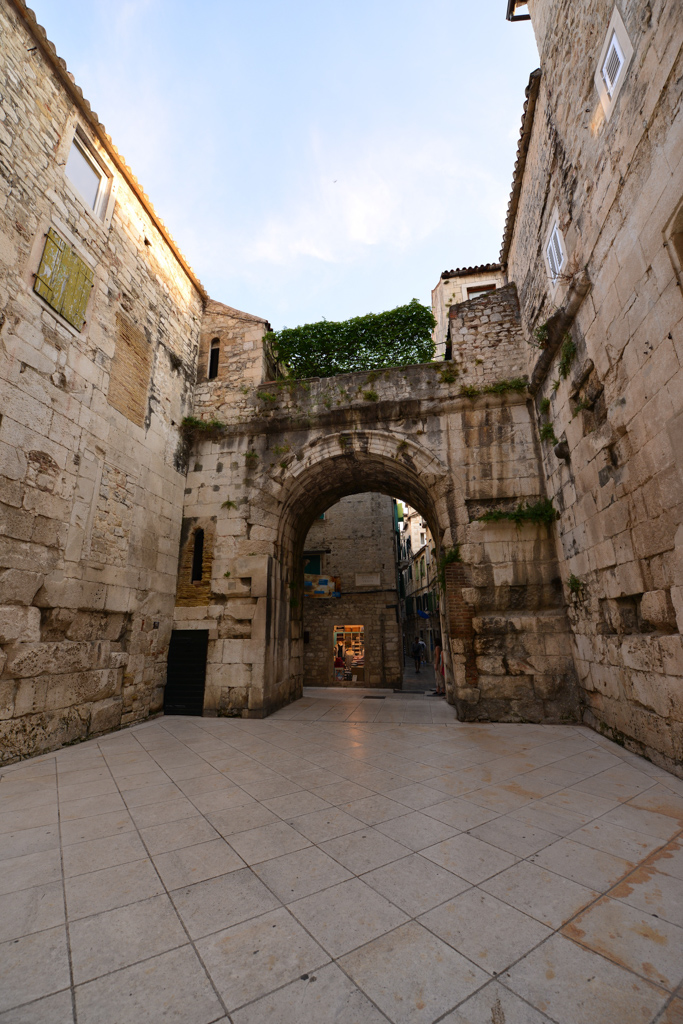
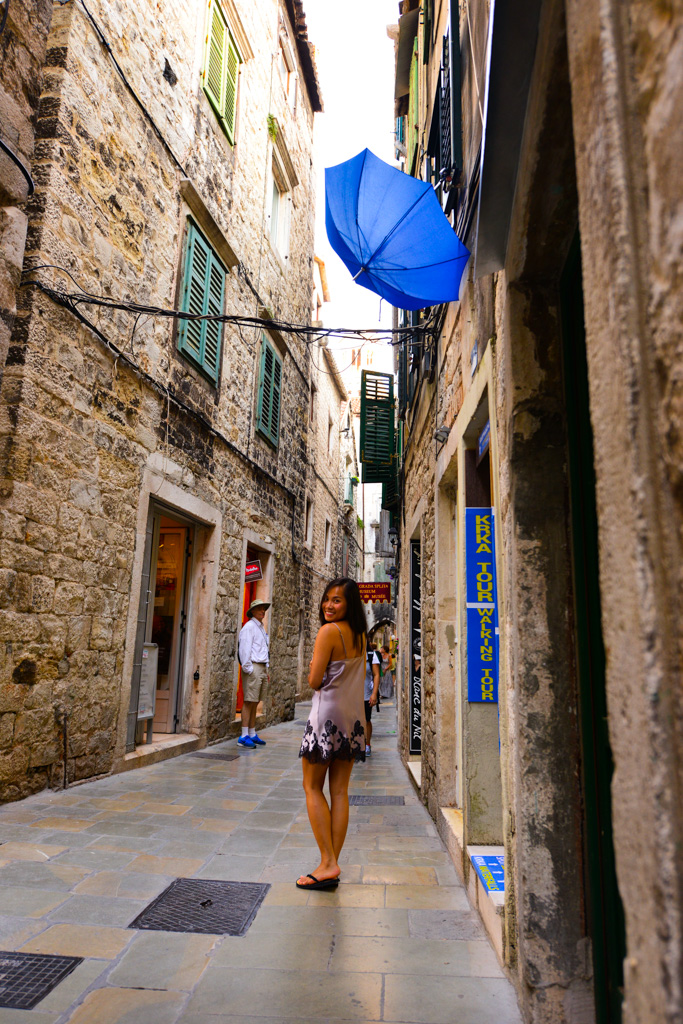

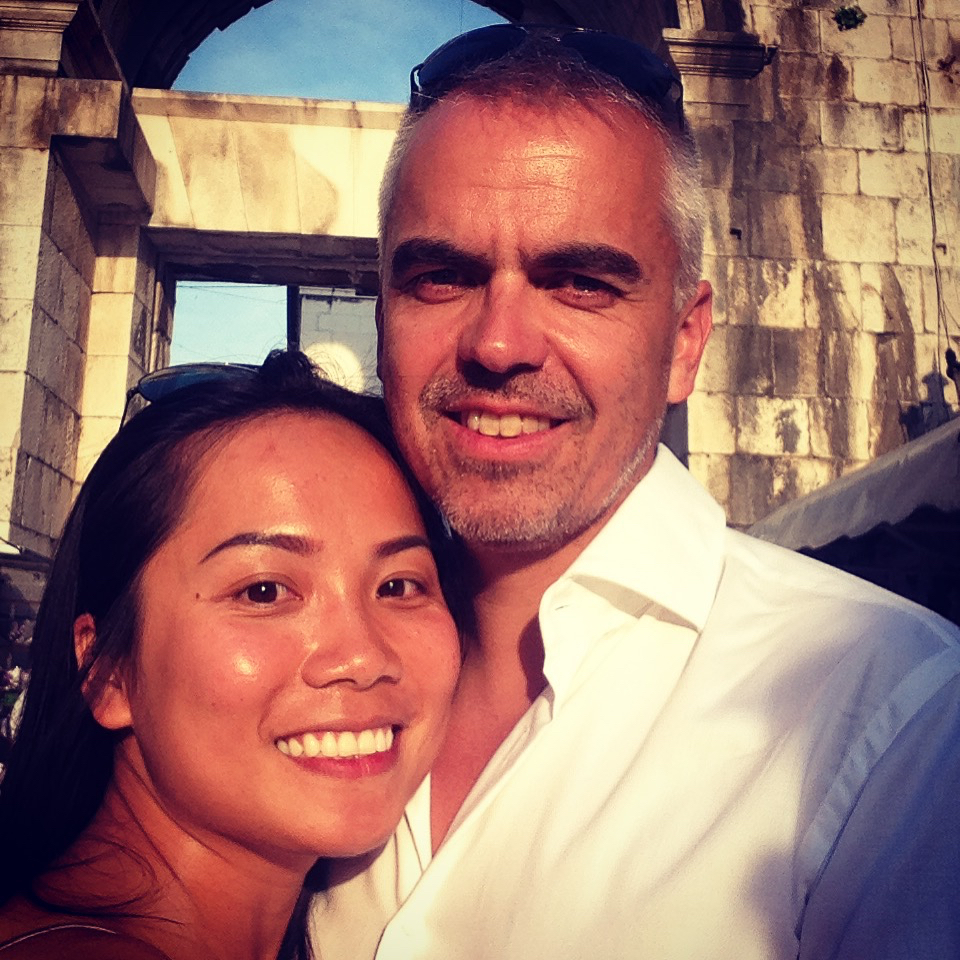
The atmosphere is even nicer at night:
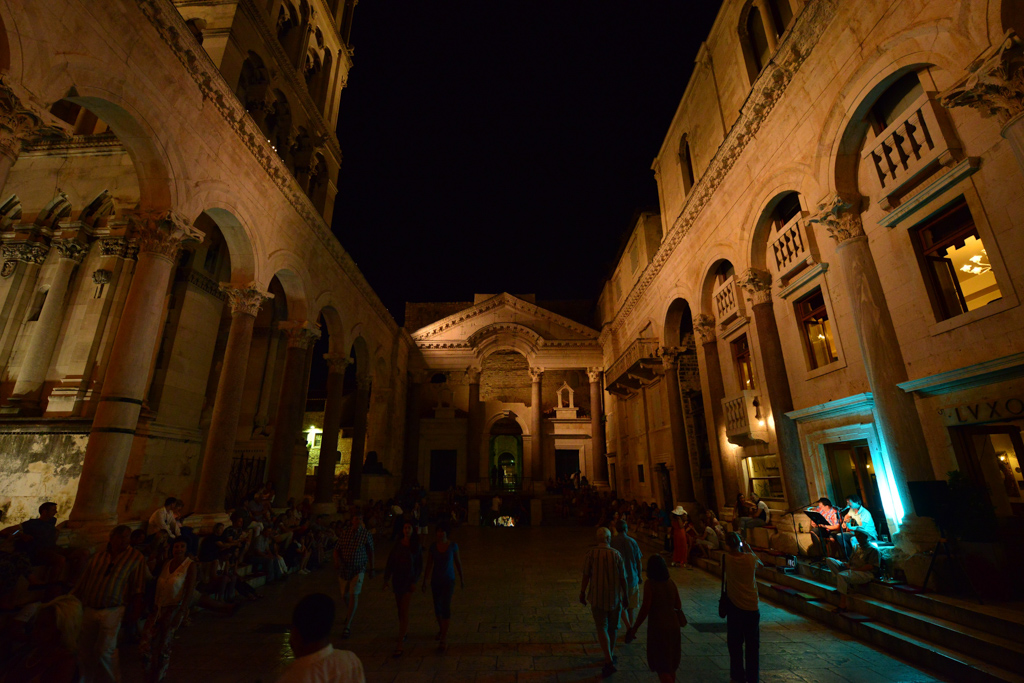
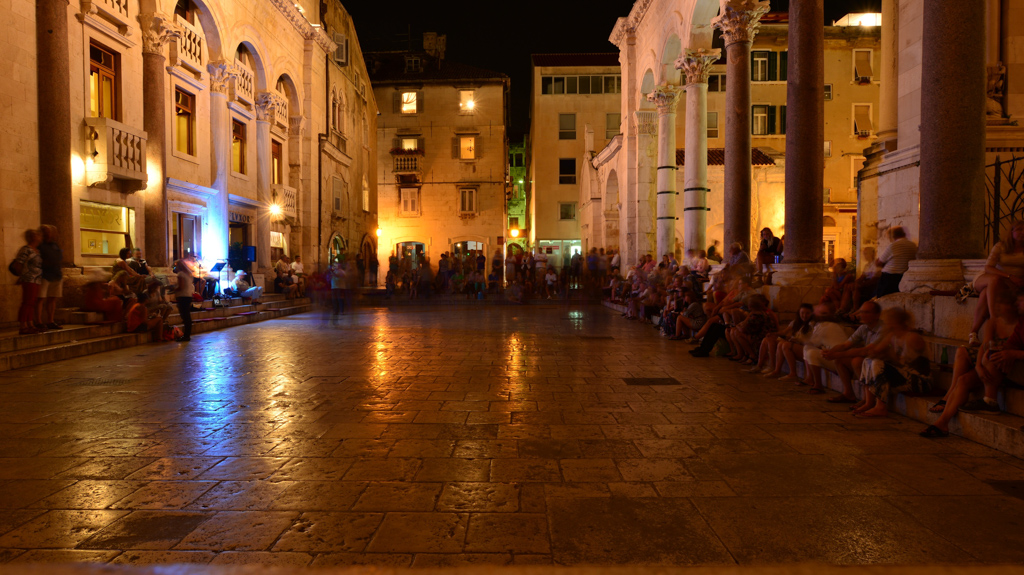
Downtown Split has a long Roman history with many impressive buildings. A lively city and very enjoyable to stroll through the many small streets.






The atmosphere is even nicer at night:


Being with a passionate skipper for all these years but this really was my first sailing trip with him. I was so afraid of my sea-sickness getting the worst of me if I stayed on a boat for the whole week but this trip turned out great. We enjoyed it so much that and we’ve already started planning our honeymoon in the Caribbean ;-).
Though I’m like fish in the water, I am not much of a help ABOVE it so we asked our dear married friends Tulip &Jens to join us for the week. Jens was also learning for his sailling license so he was the perfect second-in-command on the yacht. We girls didn’t do much the whole week except bossing them around ;-). They flew in a couple days earlier to explore Split, we came down with the car (very long drive) to meet up with them. We spent our first night on the boat in the Marina Kastela and celebrated J’s birthday, to which Tulip &Jens were so nice and organized a birthday cake from Split.
I’ve never been on any sailing trip before but if you don’t have the skipper lisence, you can only go on those organized cruises that everyone said could be very unpleasant. Now I know why. These cruises often take place in small yachts with 2-4 cabins, each occupied by 2 people (only the skipper has one for himself, two other persons will sleep in the common “room” of the boat so a yacht with 4 cabins can occupy up to 10 people), hence if you go alone the chances are you have to share the tiny tiny cabin with a complete stranger. That for seven days and nights are a challenge in itself, given that you’re on the yacht in the middle of the ocean and there’s nowhere else to go. I have friend who sweared she’d never do that again. So, knowing a skipper and being able to go on a privat tour always has its advantage. Thus, we know Tulip &Jens for so long and had already spent a week in Sweden with them last year so we knew things would turn out great. And so they did.
Sailing is a whole different kind of vacation. After two days on the boat with no internect connection or cell phone reception (you could book them with the yacht but we didn’t want to), we felt totally relaxed and completely at ease with ourselves, the feeling we normally had after half of our 3-week vacation had gone by. We started every day with the same no-plan plan: woke up, jumped into the water for a dip, had breakfast, then looked at the navi and decided which island to head to next. The weather was remarkably warm for June, not what we’re used to from the North, it was 30-34 degrees celcius every day. The down side of sailing in the Adria in June was, there’s no really strong winds that made sailing the most fun (maybe not for someone as sea-sick as me) so we sailed only about 3-5 hours every day. Upon arriving the next island, we either sailed directly to the port or set our anchor in the bay outside. If we sailed to the port, we recharged the battery of the yacht, refilled our water tank, went bathing or exploring the island, and had dinner at some resturant in town. If staying outside, we hang around on the deck to watch the sunset, did some snorkeling, and had dinner at whichever restaurant that was in charge of the bay (the unwritten rule is that you don’t pay anchoring fees but have to dine there in the evening, which was only fair). Life could be just as easy as that.
P
(copy logbook, Avionics map)
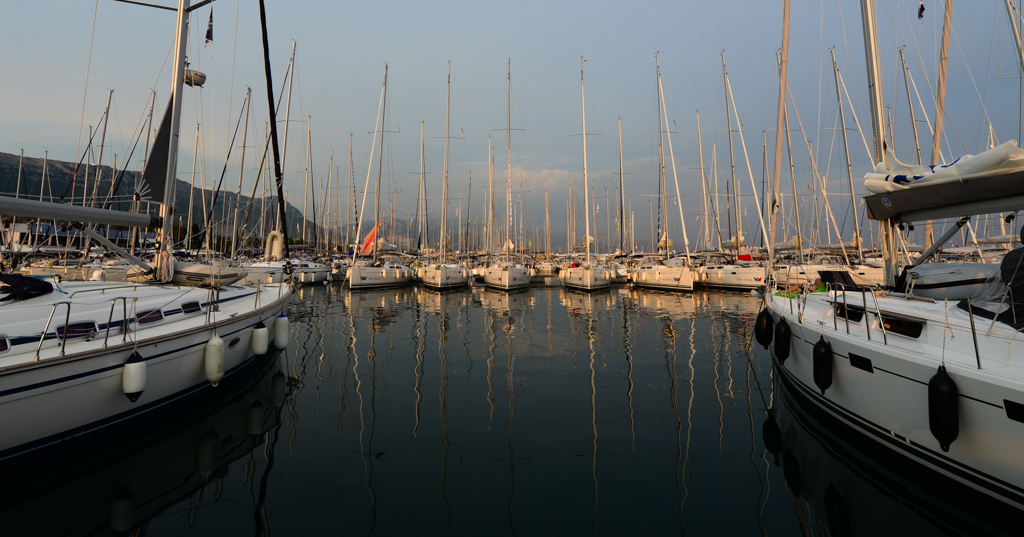
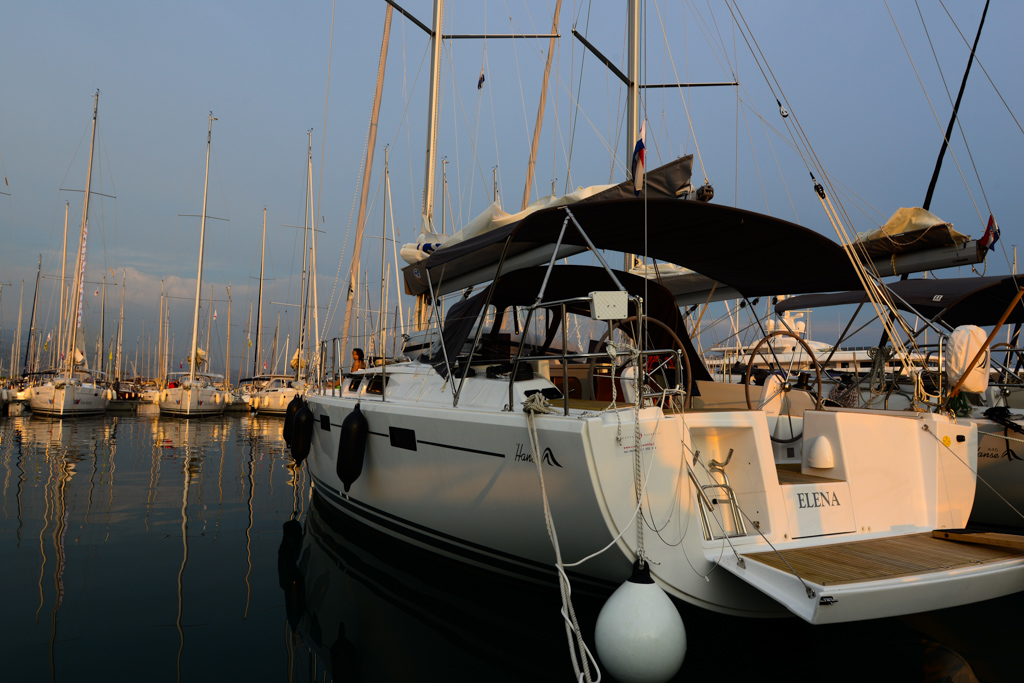
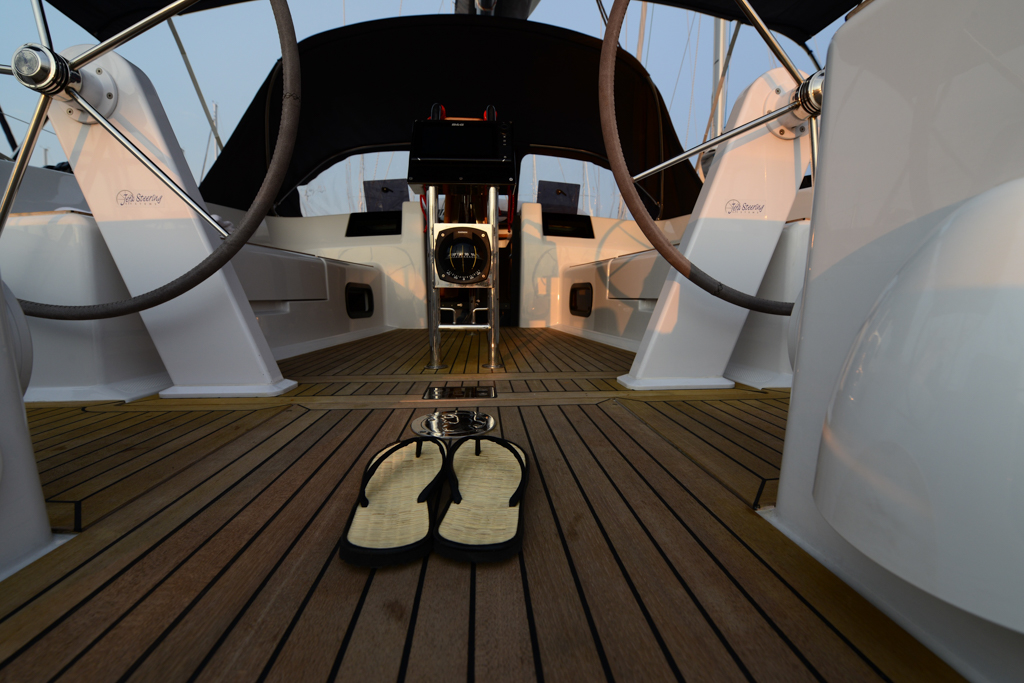


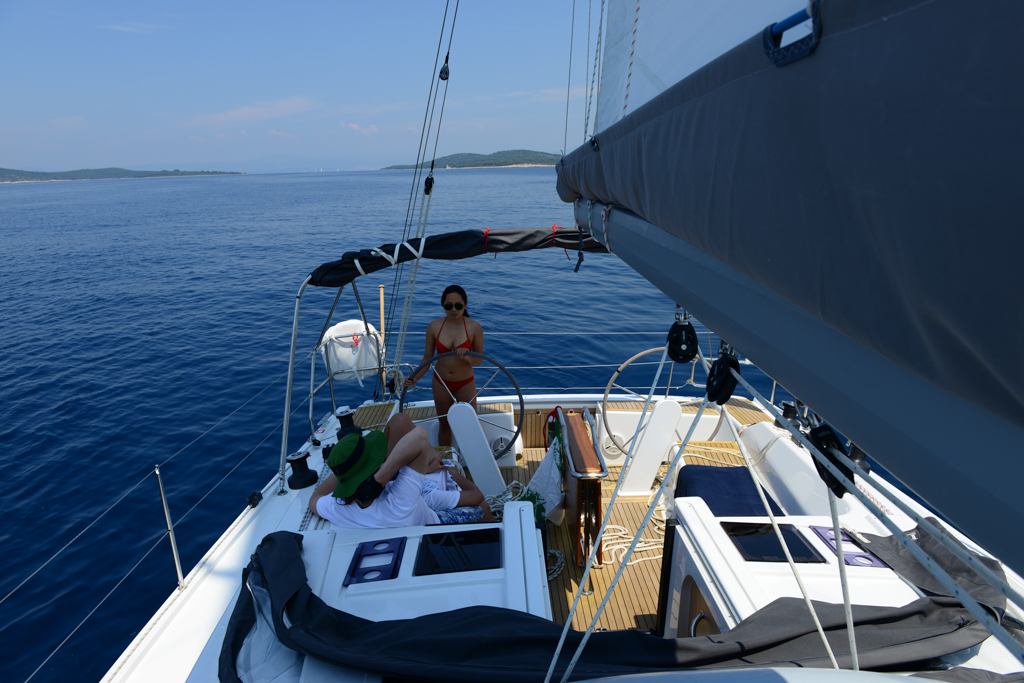
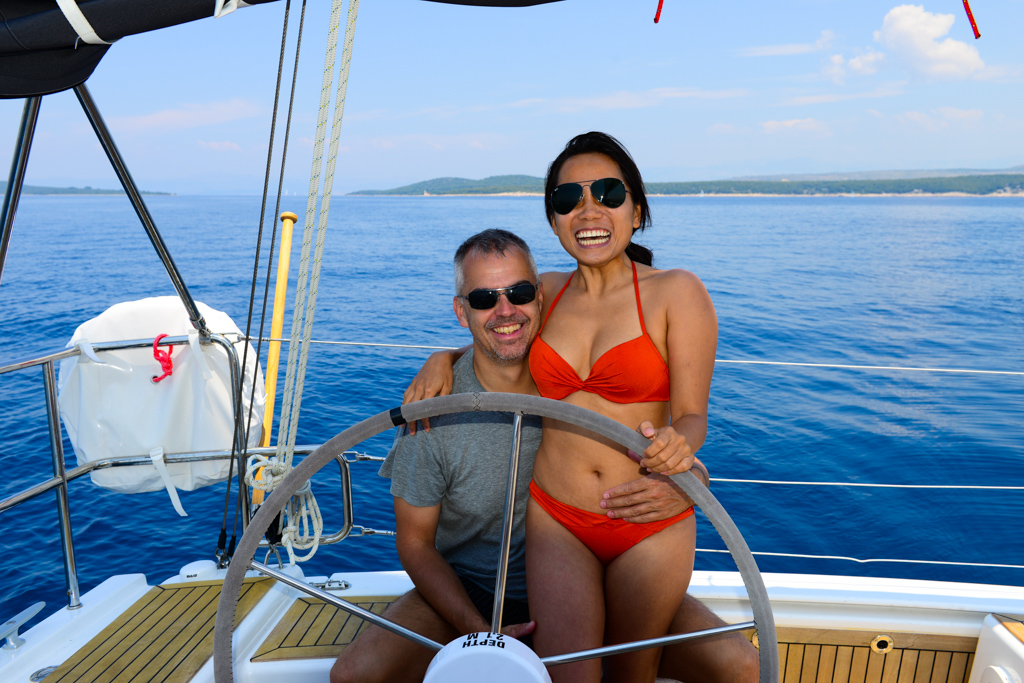




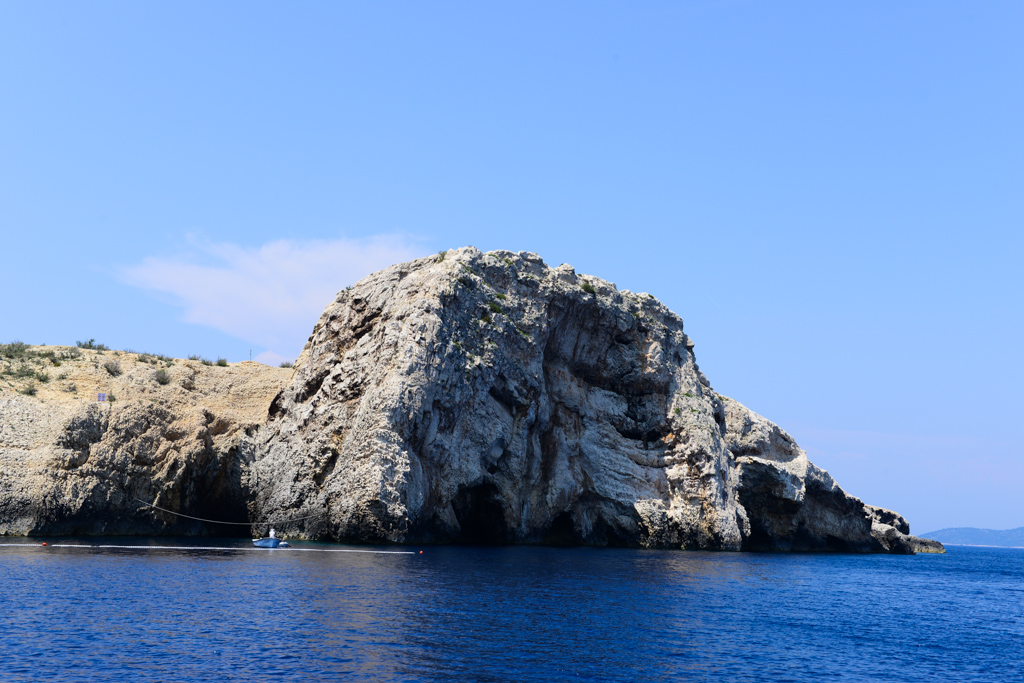
The following pictures were taken in the harbor city of Komiza on Vis island. The harbor was really nice, much more charming than many of the new marinas.

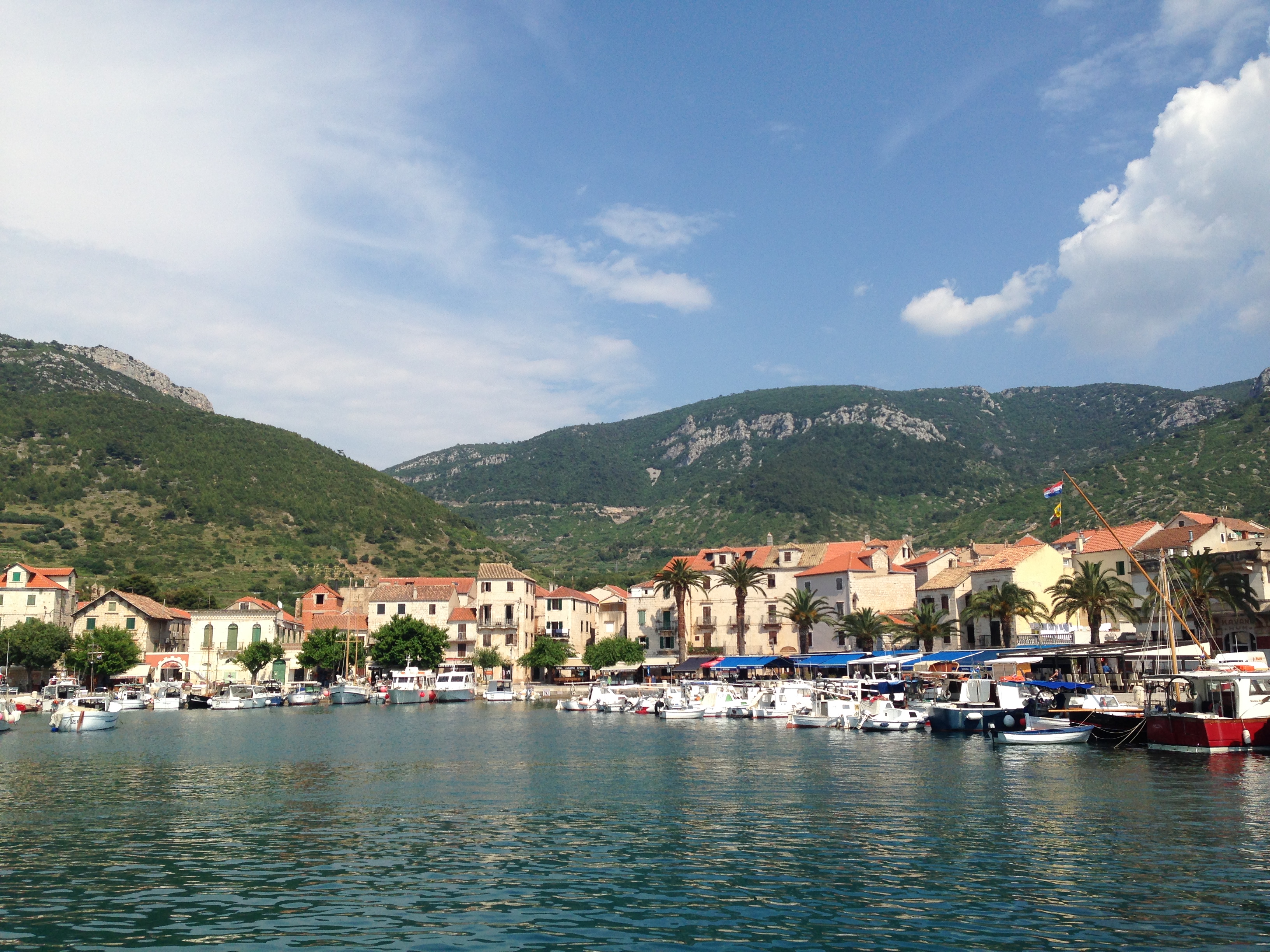
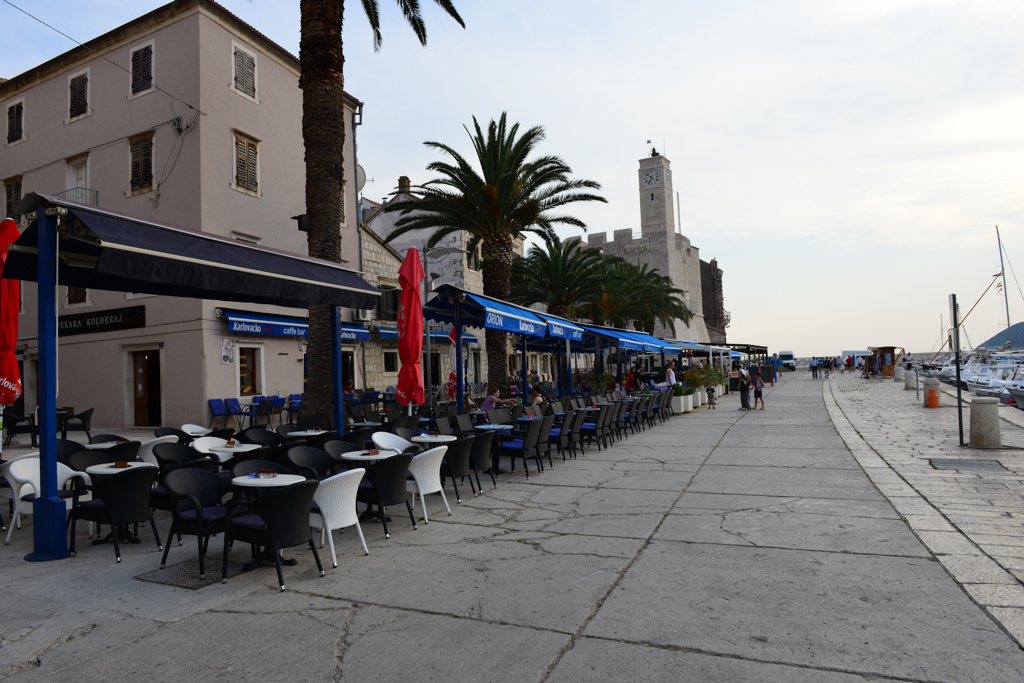
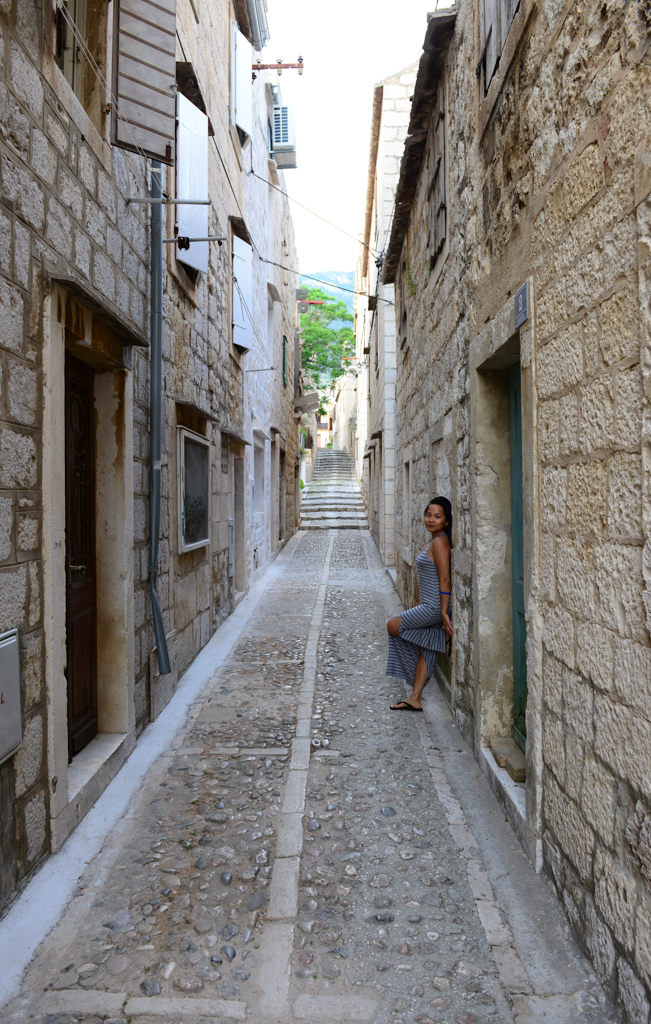
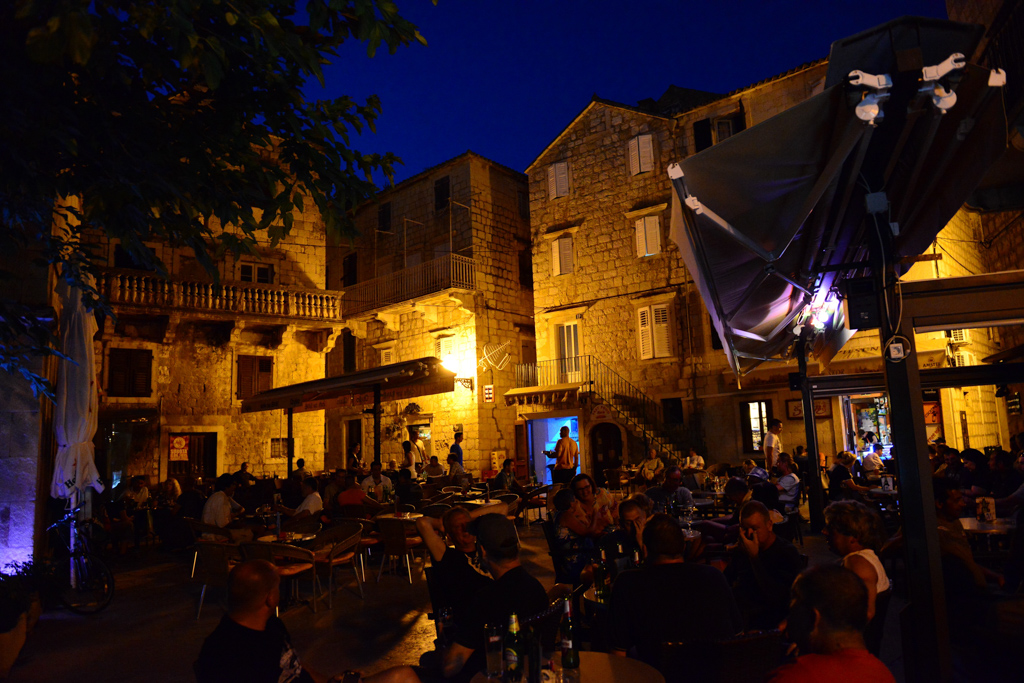
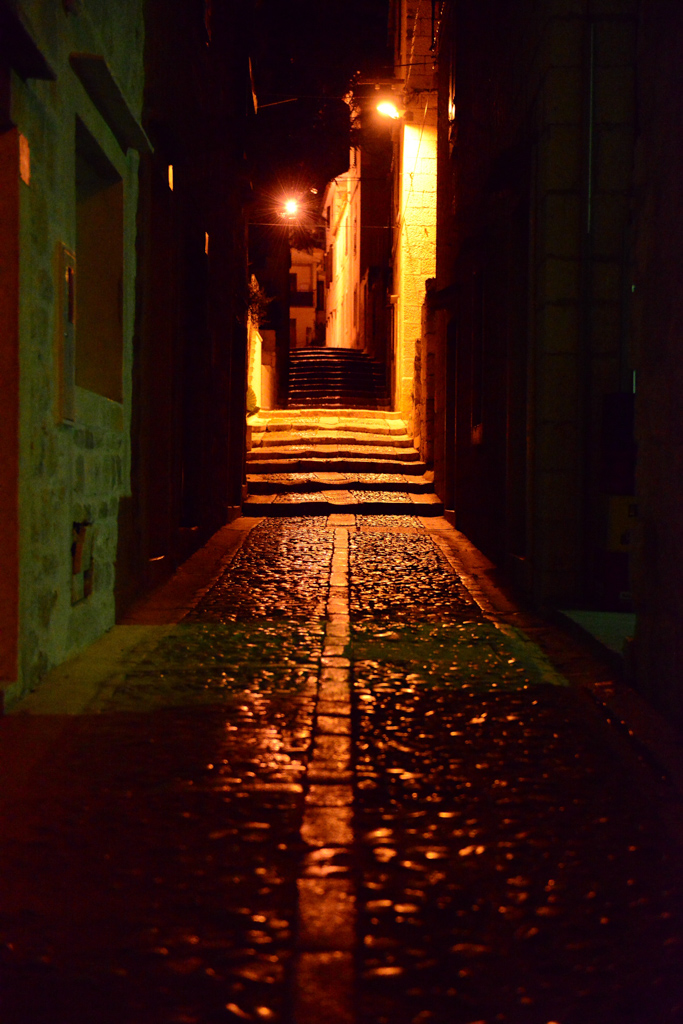
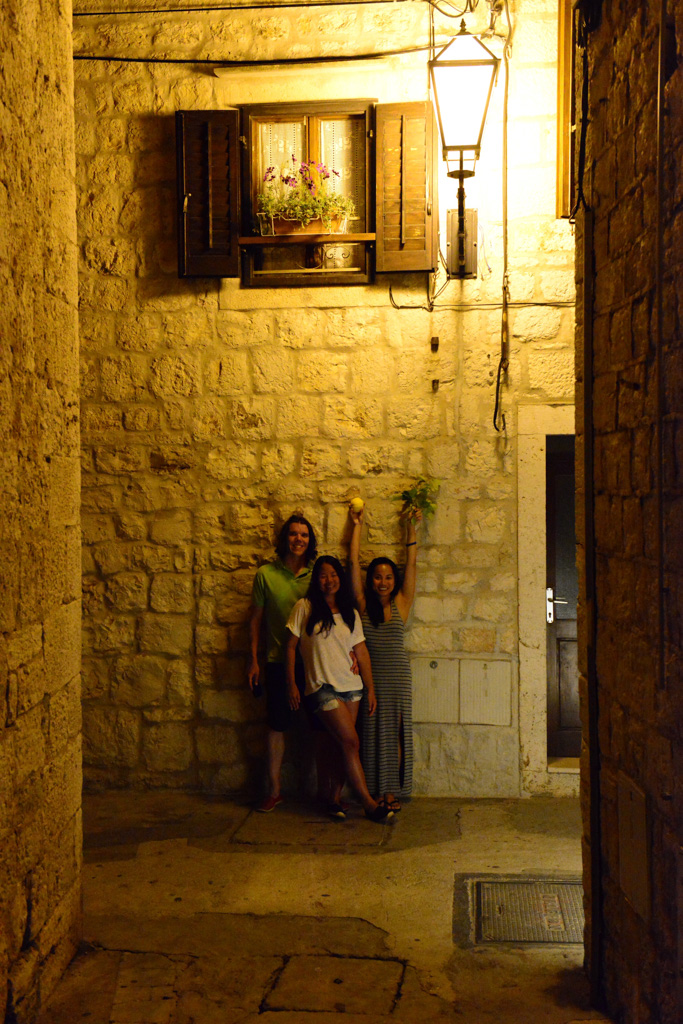
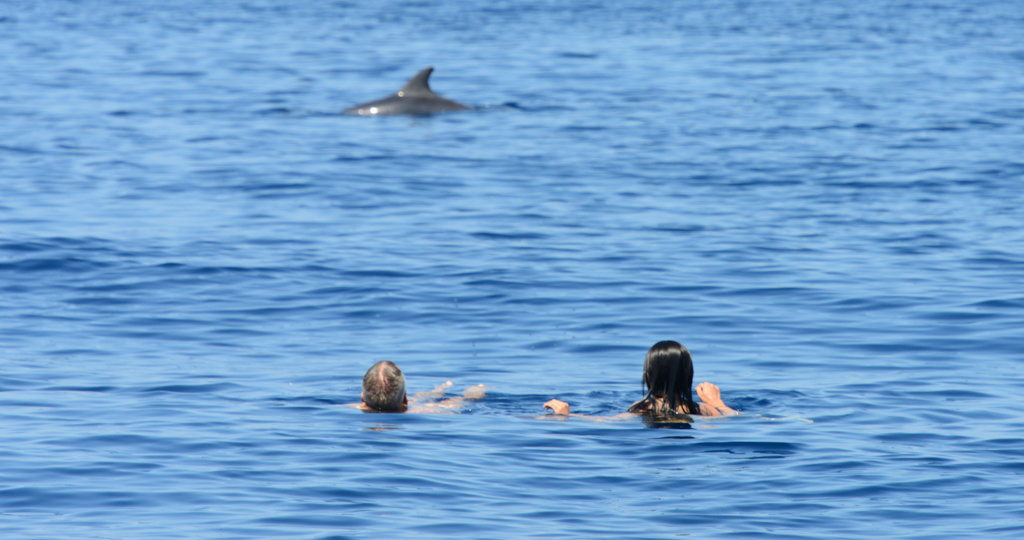

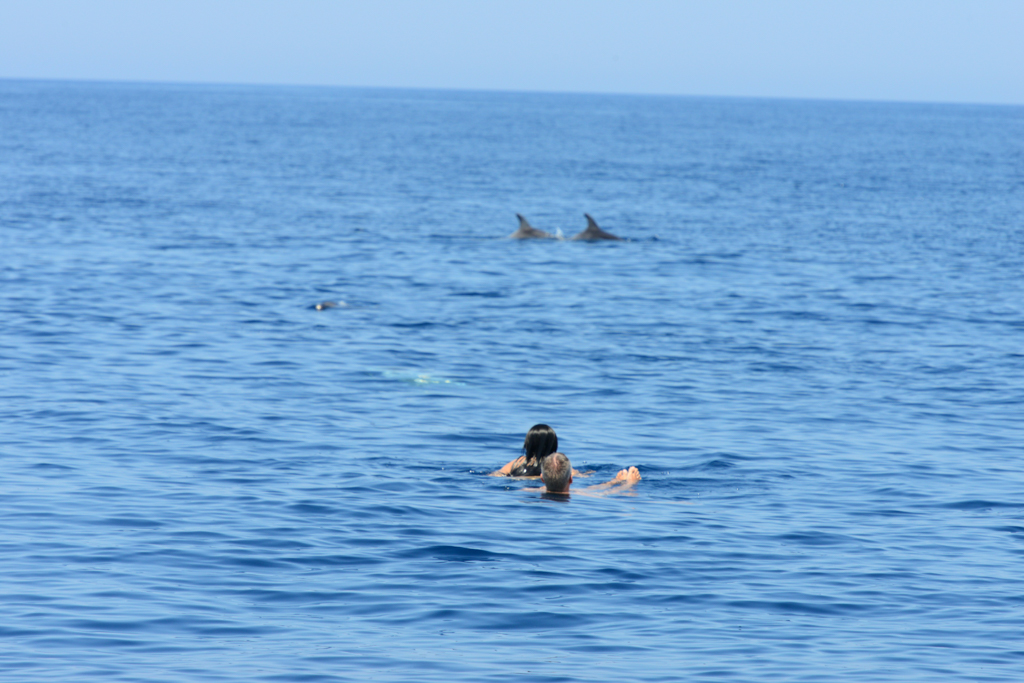
Sailing to the next destination, the bay of Sesula on Solta island:

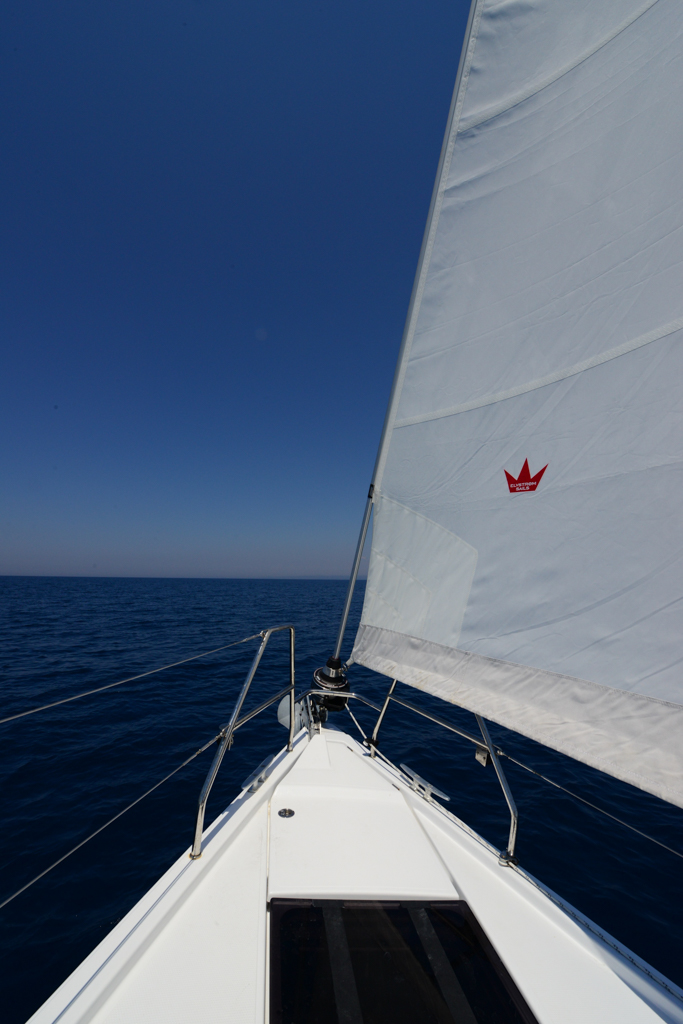

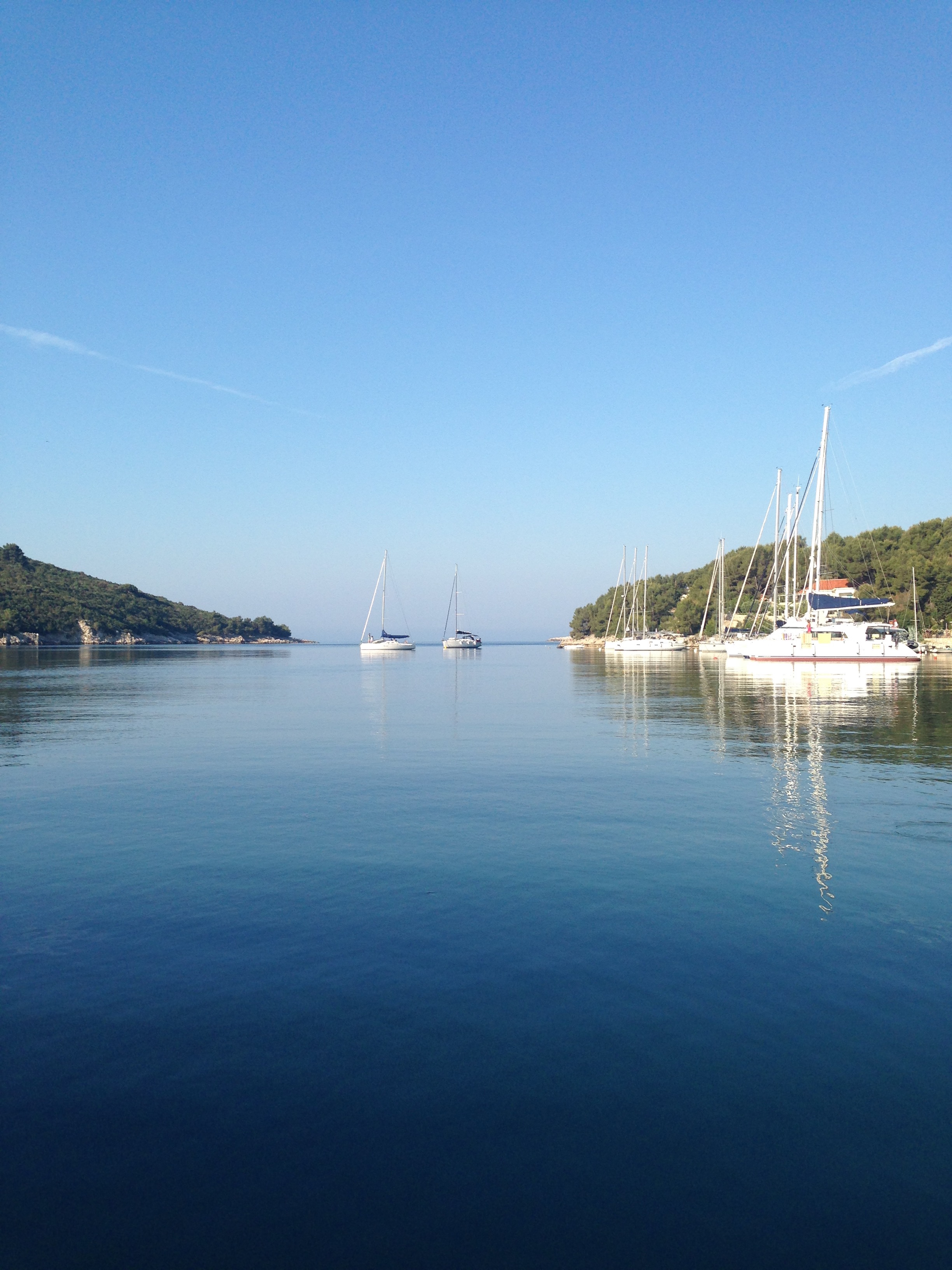



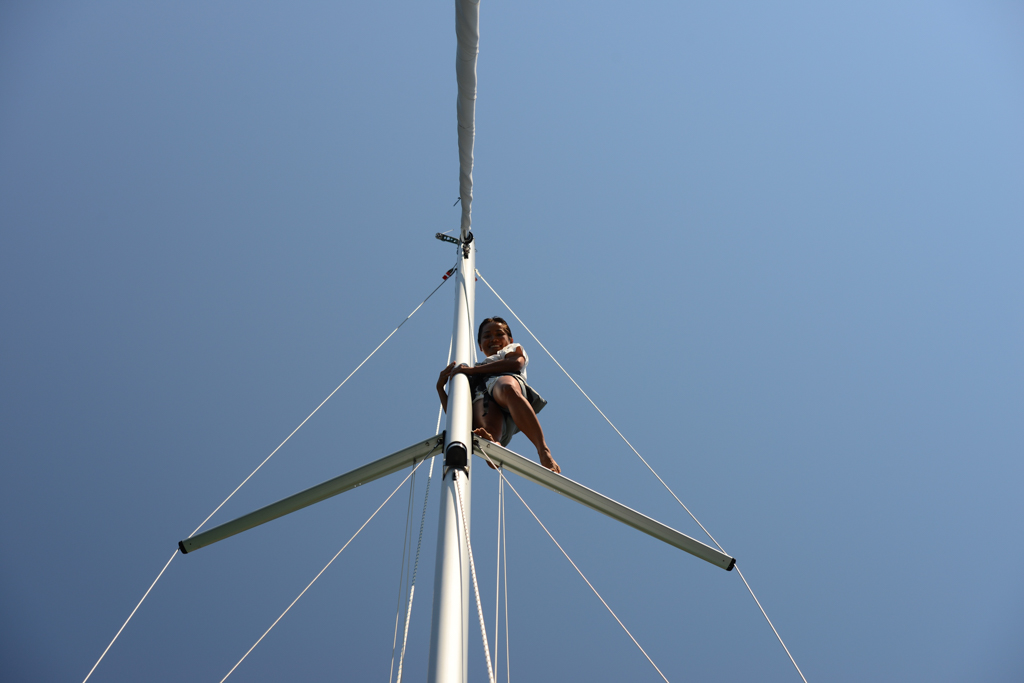
And here are some views from the top taken by P:
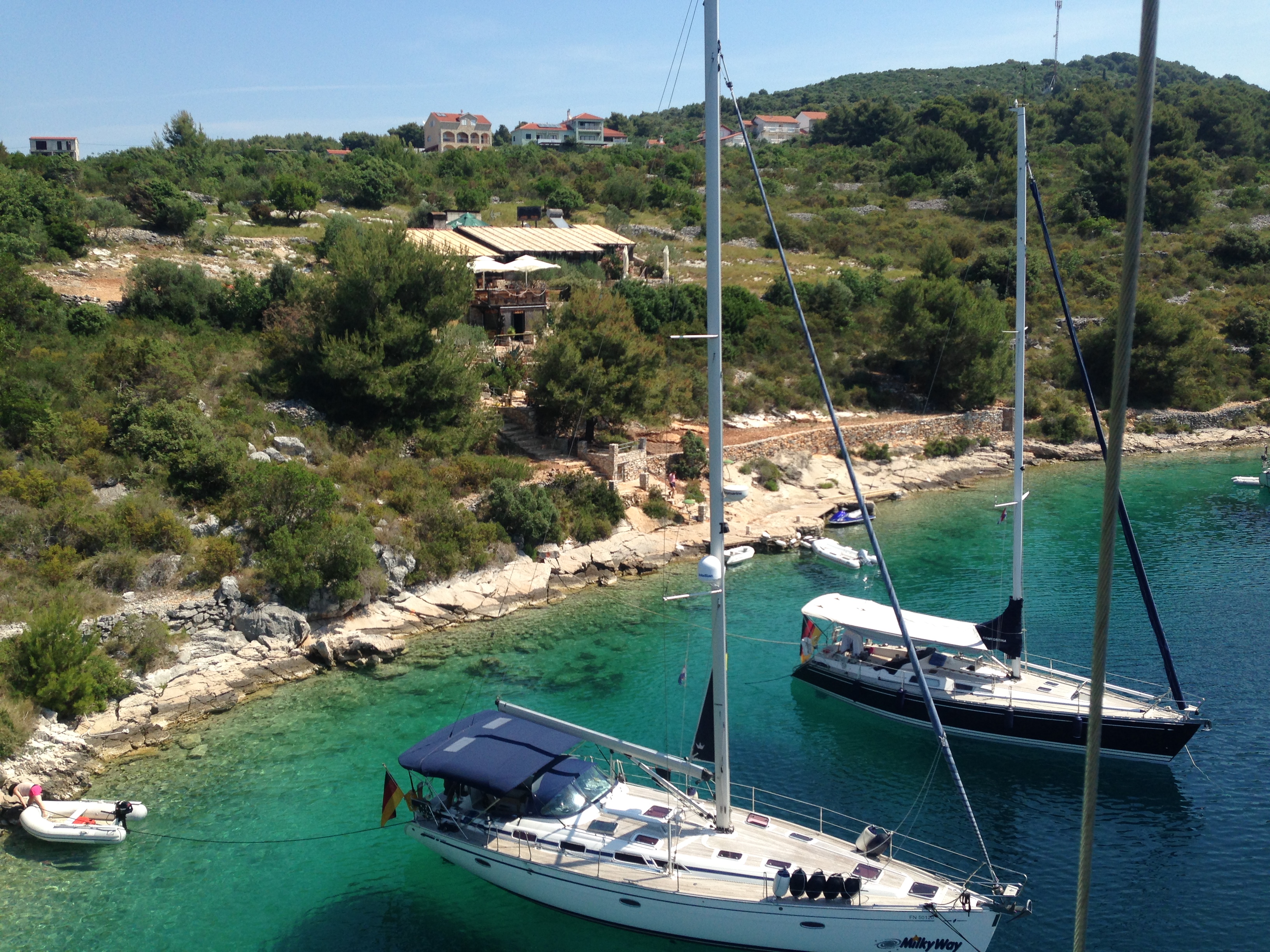
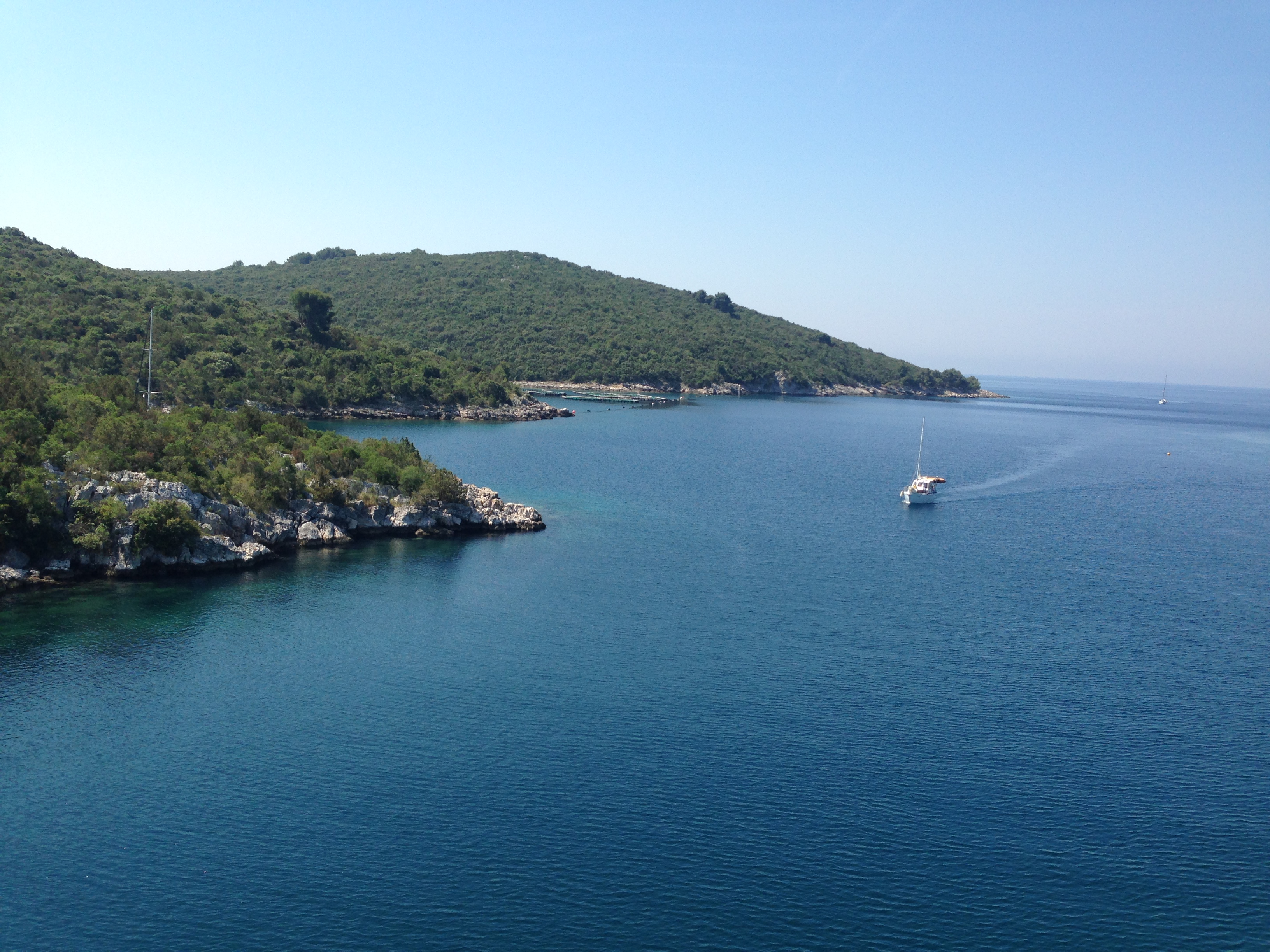
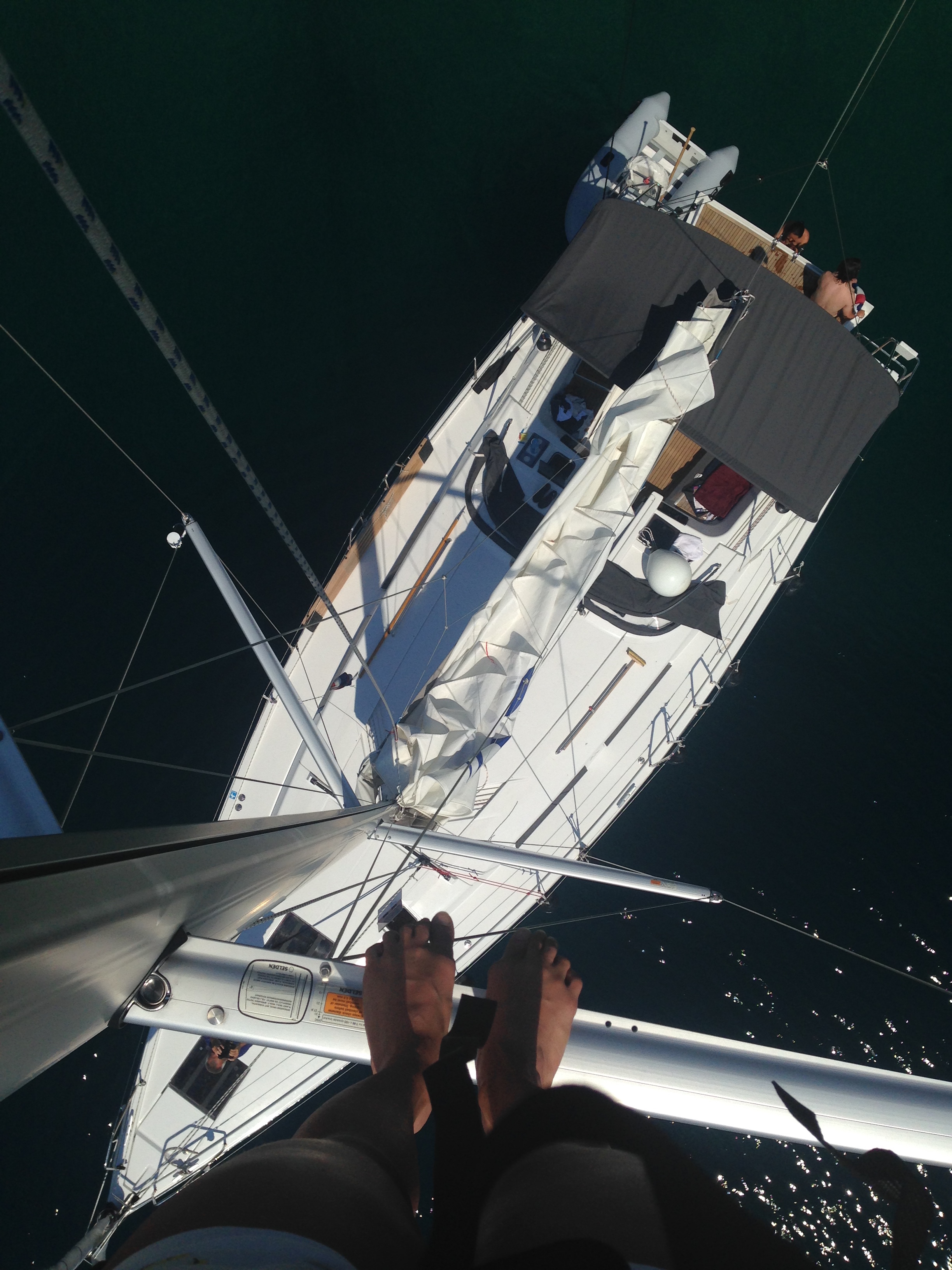
Vietnamese language (tiếng Việt)
When commencing to learn Vietnamese you have a very happy start at first and even at second glance!
At first glance you will realise that Vietnamese is the only Asian language that uses Latin letters with some accent like funny bows, lines and dots that don’t seem to bother you much (remember, we’re still at first glance!). In the 17th century some Portuguese missionary had put a hell lot of effort into “translating” the Vietnamese language (then a similar sign language like Chinese) into Latin letters. They used the above mentioned bows, lines and dots to address the pronunciation of the vocals and words. This sounds pretty easy, so no worries..
At second glance, you will realise that the grammar is incredibly easy: no conjugation, no declination, no past tense, no past perfect, no future, no subjunctive, no active/passive voice – heaven !!! (foreigners who have tried to learn German or French will know what I mean). Guess, now you think “how can this work?”. Quite easy: if you want to talk about something that already happened in the past, you just have to add the word “đã” in front of the present-tense verb (it means something like “did happen”) and you’re done. For example, “đã nấu cơm” means dinner already cooked, “đã thấy” means already saw/seen. Couldn’t be easier, right? Same is true for the future tense with adding “sẽ” (will happen).
The first and biggest real hurdle though is knowing the right personal pronouns to use. In Vietnam, family and hierarchy within the family plays a major role in the society, which is also reflected in the language. The most respectable persons in the family are the (great) grandparents (ông – grandfather, bà – grandmother). You use these personal pronouns when you talk to them or to someone clearly older than you that you want to show your respect to. For uncles and aunts there are different pronouns depending on whether they belong to your mother’s or your father’s family – and there are usually many of them on both sides. To make things easier, the Vietnamese have a habit of calling their child by the order they’re bornt, but starting with No. 2 (don’t ask me why..). So for you as a child, “cậu tám” (uncle eighth) is the seventh child of your mother’s family (not the seventh son because there might be “dì bảy”, aunt seventh, before him). Correspondingly, “chú” and “cô” are uncle and aunt from your father side. Even when addressing yourself, you have to use different personal pronouns depending on whom you are talking to. For example, when I talk to P, I call her “em” and address myself as “anh”. But “anh” also means brother and “em” a younger sibling (could be either boy or girl). So if you, like me, used the same pronouns while talking to my future mother-in-law, she’d burst out laughing because from her perspective, you are “con” (child, children), and only her husband or her older brother are allowed to call her “em”. See where i’m getting at?
Once you start to recover from all these confusions with the personal pronounces, you will realise the real challenge is still in front of you: the pronunciation!
I briefly mentioned some bows, dots and lines above: they either tell you how to pronounce a letter or how to raise or lower your voice when saying a word. There are six “tones” in the Vietnamese language but I will only mention two as an example: “tám” means “eight” and the little accent on top of the “á” means that you have to raise your voice just like you continuously raise a tone in a piece of music. You already know the word “bà”, the accent here telling you to lower your voice. And here the trouble starts! Vietnamese is a one-syllable language, i.e. each word consists of one syllable only. Hence the variety of different words is much more restricted compared to languages with multi-syllable words (and yes, Germans have certainly optimised the art of creating unending words!). Even foreign words adopted from other languages have been split into one-syllable words as well: e.g. the French word “café” became “cà phê” in Vietnamese. By using the accent the Vietnamese try to mimic the pronunciation of the original language, adopted to their own. That way though, the same set of letters can have multiple (!) meanings, just by adding different bows/dots/lines. There is certainly not enough space here to go into more details, the combinations of the letter “a” below will give you an idea of how many different pronunciations there can be:
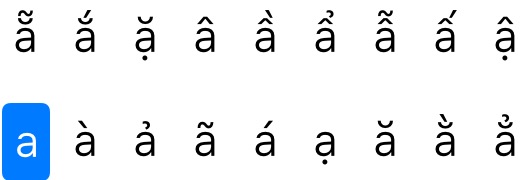
And each one of them has to be pronounced differently as well (!). Doing it wrong can give a word an entire different meaning. Take the word “ba” for instance. It means “father” (remember, it is also the personal pronoun for your father-in-law) and “three” at the same time. Now imagine you use the word “bà” instead (same as “ba” but lowering your voice as you speak). You either call your father-in-law grandma (which may cause laughter when you’re lucky) or you may order a “grandmother-beer” instead of “three beers” – whatever a granny-beer may be ;-). In another example you may order “cơm gà” (chicken rice) in a restaurant , a dish the beautiful city of Hội An is very famous for, or you could as well order “cơm ga” (forgetting to lower your voice when saying “gà”) and the waiter would just ask himself what you mean by ordering “railway station rice”. Therefore, using/saying the wrong accent will very likely make you misunderstood. Finally, imagine a native talking to you at THEIR normal speed using all those short words that sound so similar to your European ears.. Now you’ve got the whole picture.
Nevertheless, this short article isn’t to say Vietnamese language is impossible to learn. Many people have done it and you can do it as well. I personally have met a German guy in Munich that could speak Vietnamese so fluently that even P was totally amazed. The pronunciation is difficult yes, but it’s also fun and the (very friendly) people in Vietnam will appreciate it very much if you try!
Chào tạm biệt (see you)
It was good to be back in the city because continously staring at the fog in Sapa made as kind of depressed. The bus tour was really comfortable, we used a sleeper bus that has three rows of bunk beds – certainly recommendable for longer trips.
There are a couple of things worth looking at but I’d say three days is more than enough to explore them. The atmosphere is very much different from Saigon. Especially the government district clearly shows you that you are in the capital of the country: broad streets, large colonial style government buildings and a huge park area with Ho Chi Minh’s mausoleum. The many small and big lakes spread across the city also make the city feel less dense than many other cities that size. It is fun strolling through the narrow streets of the old city center. There are hundreds of shops and restaurants in which you can easily spend a whole afternoon.
And for those interested in the recent history of Vietnam, the “Maison Centrale” is recommendable. The buildings you find there, nowadays embedded into many modern buildings around, are the remainders of a formerly much bigger complex that was used as a prison from both the French during the colonial time as well as by the Vietnamese for American prisoners of war during the Vietnam war. Senator John McCain was the most prominent prisoner from 1967 to 1973 in the so-called “Hanoi Hilton”. Besides prison cells there’s a museum to visit with exhibits from both periods.
The pagodes we’ve seen weren’t that great and often over-crowded with tourists. The ones I saw in Saigon were much more impressing, calm and they make you feel like being in a spiritual place rather than in just another “follow-the-striped-umbrella” tourist group site. But that’s part of another post. Now see some of our impressions of Hanoi:
